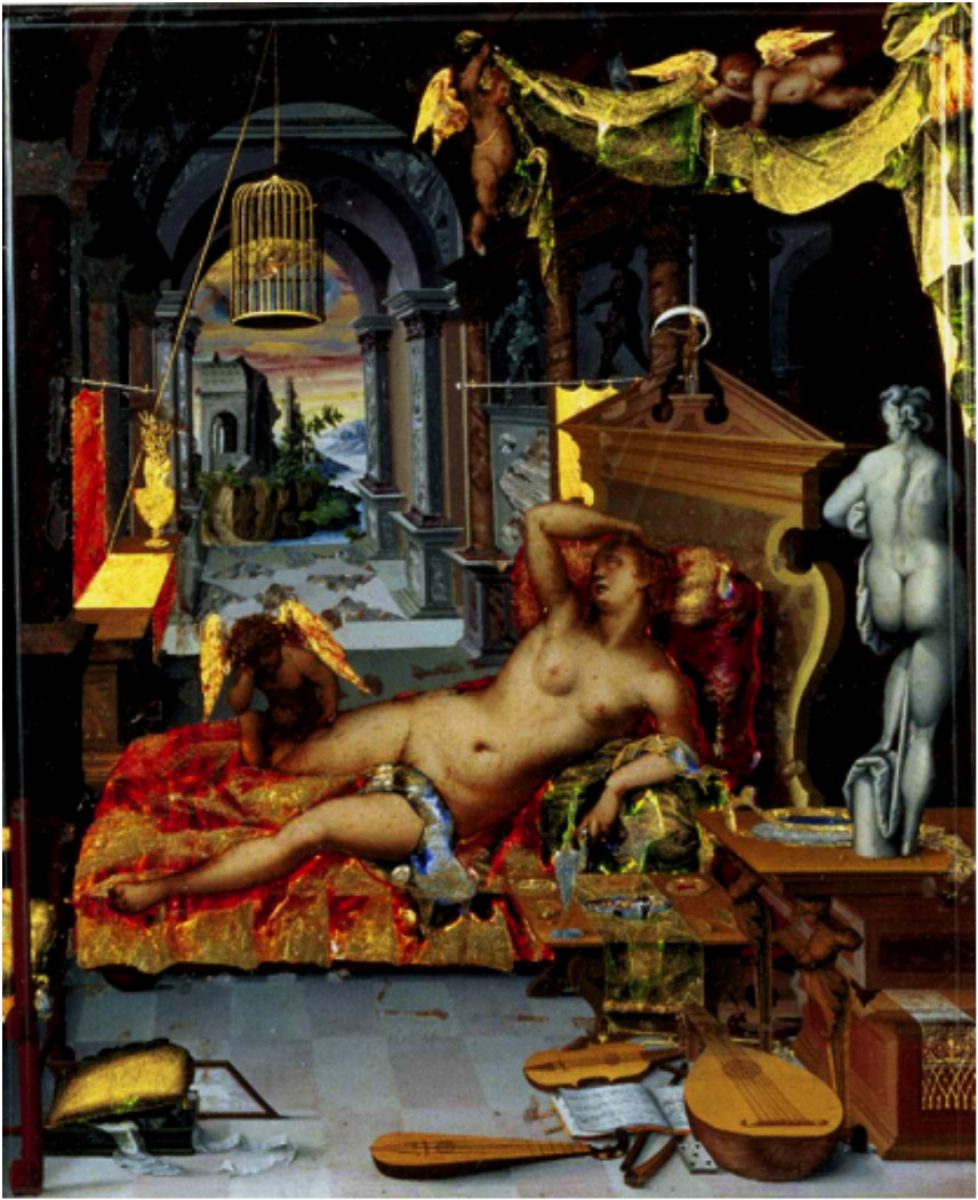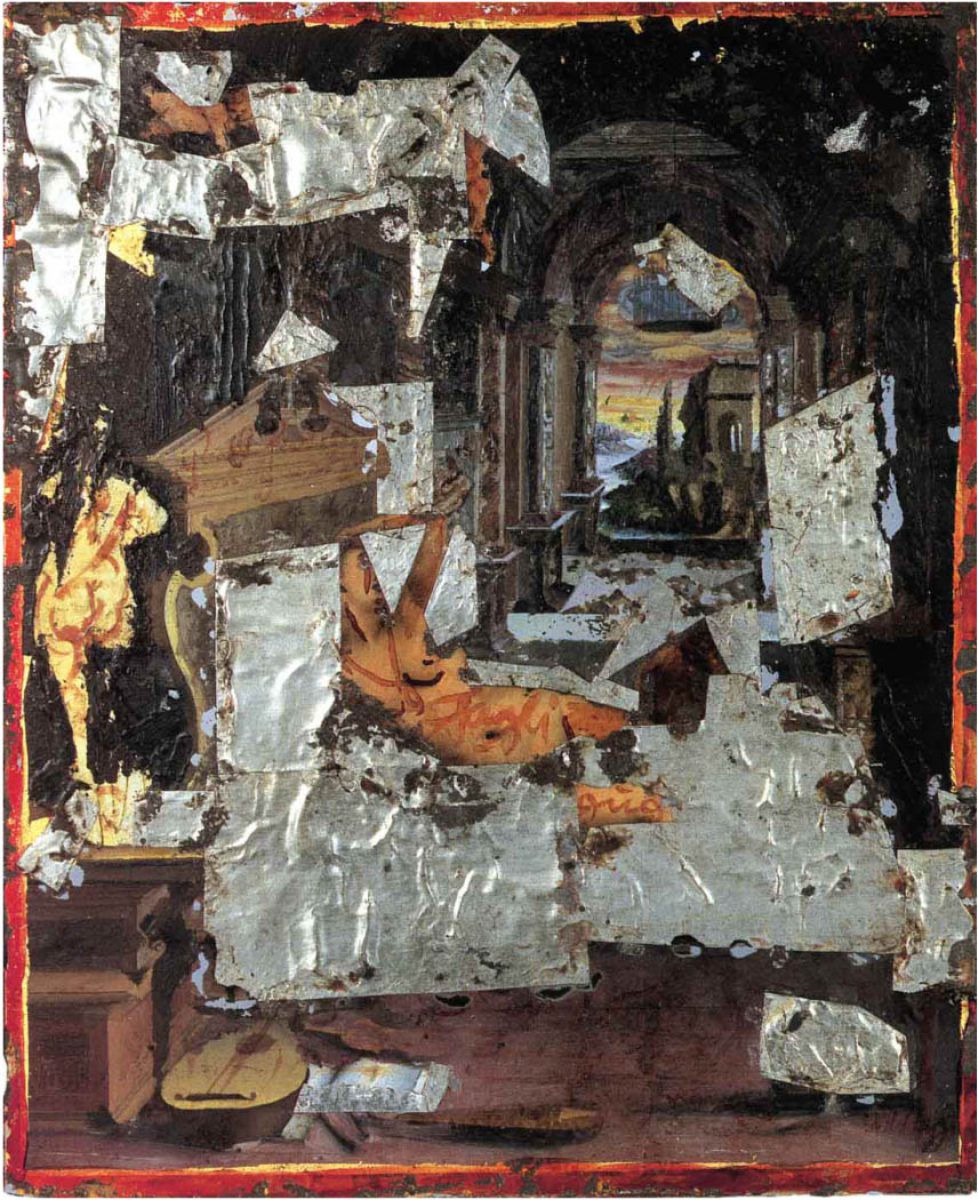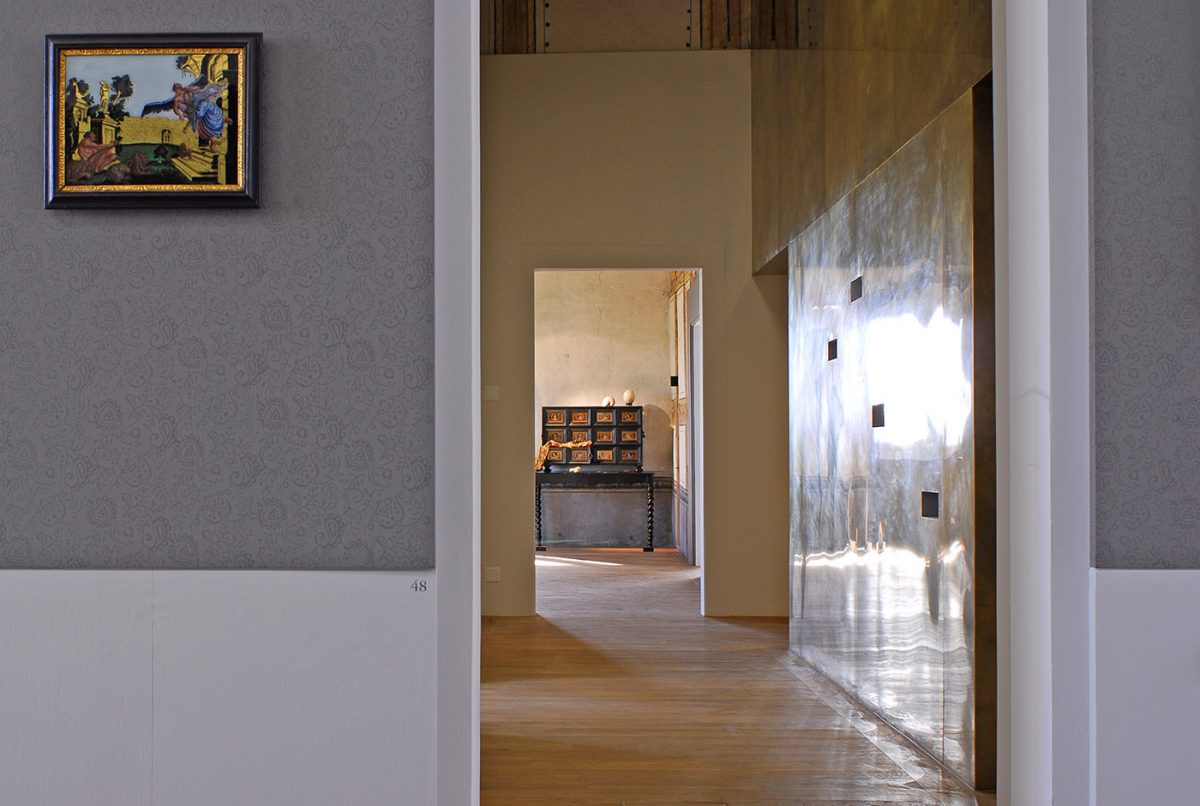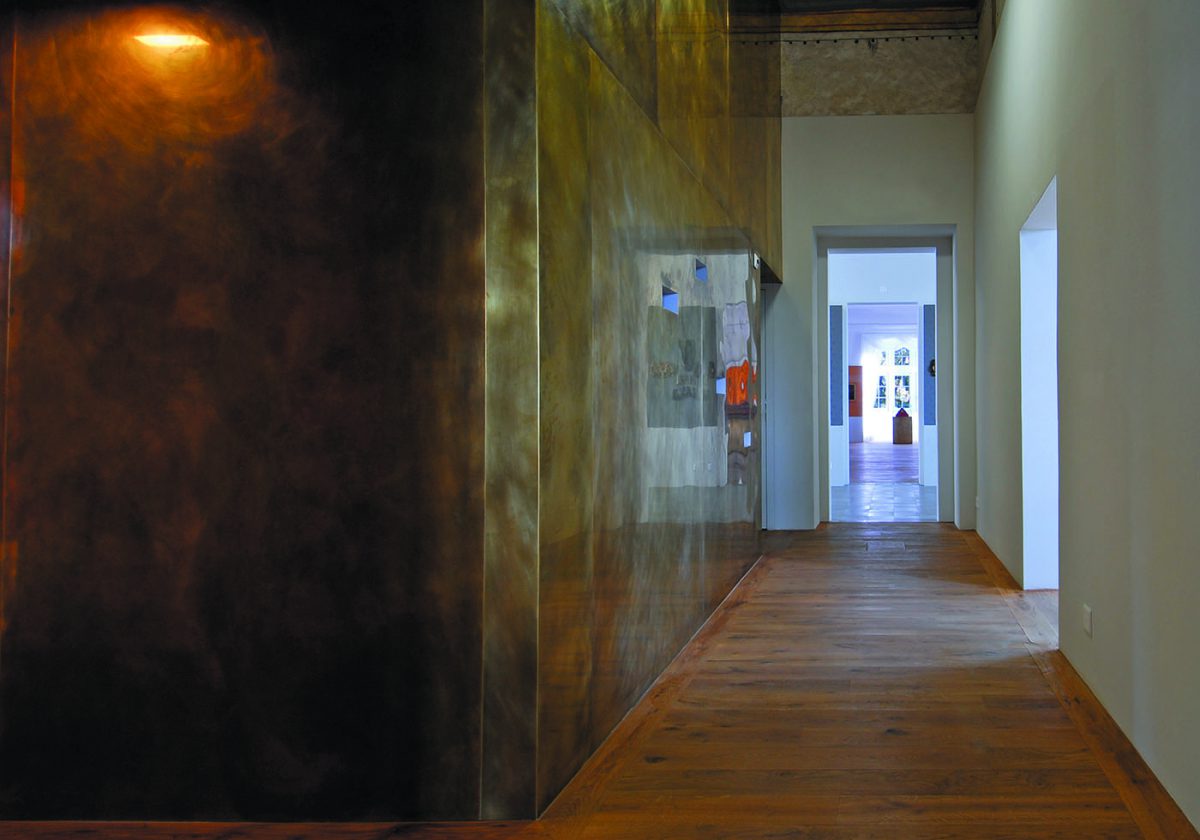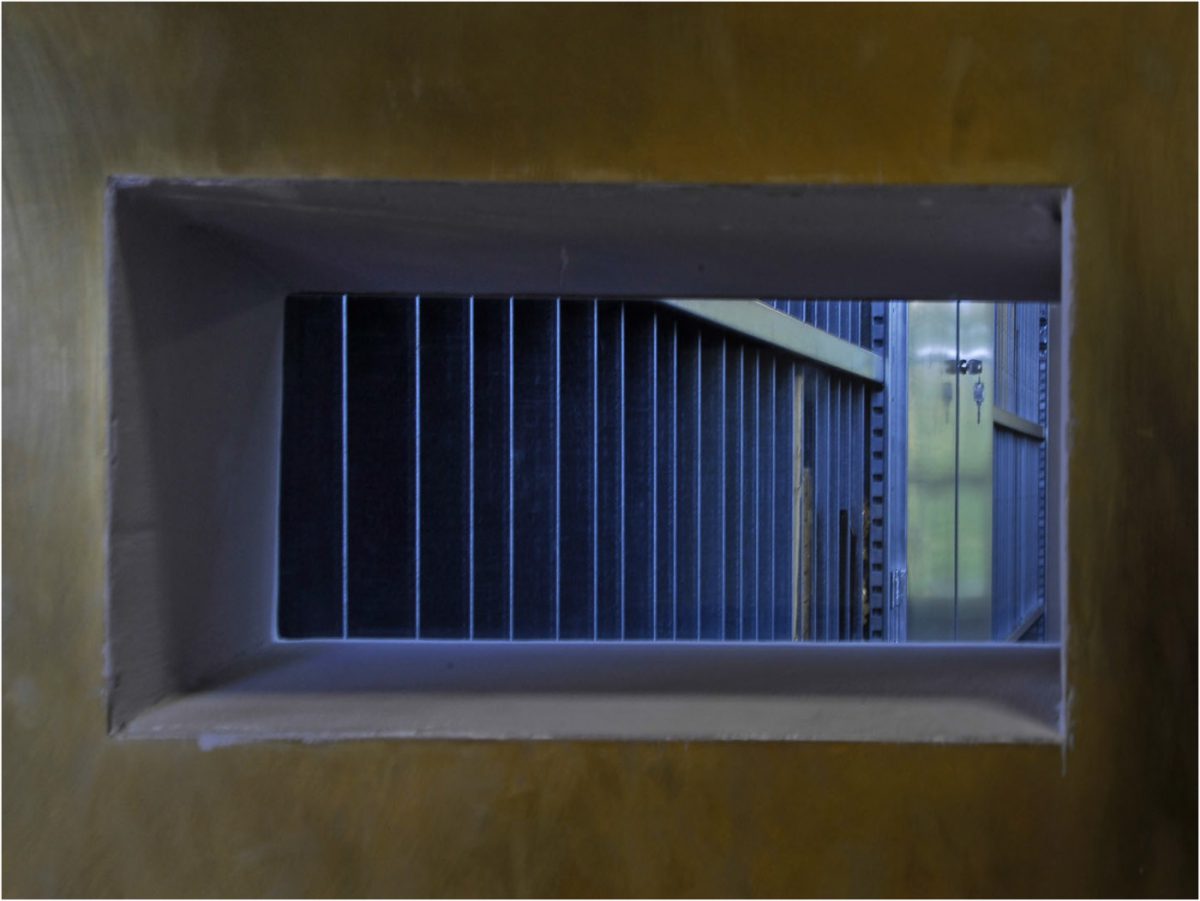Vitrômusée Romont2010
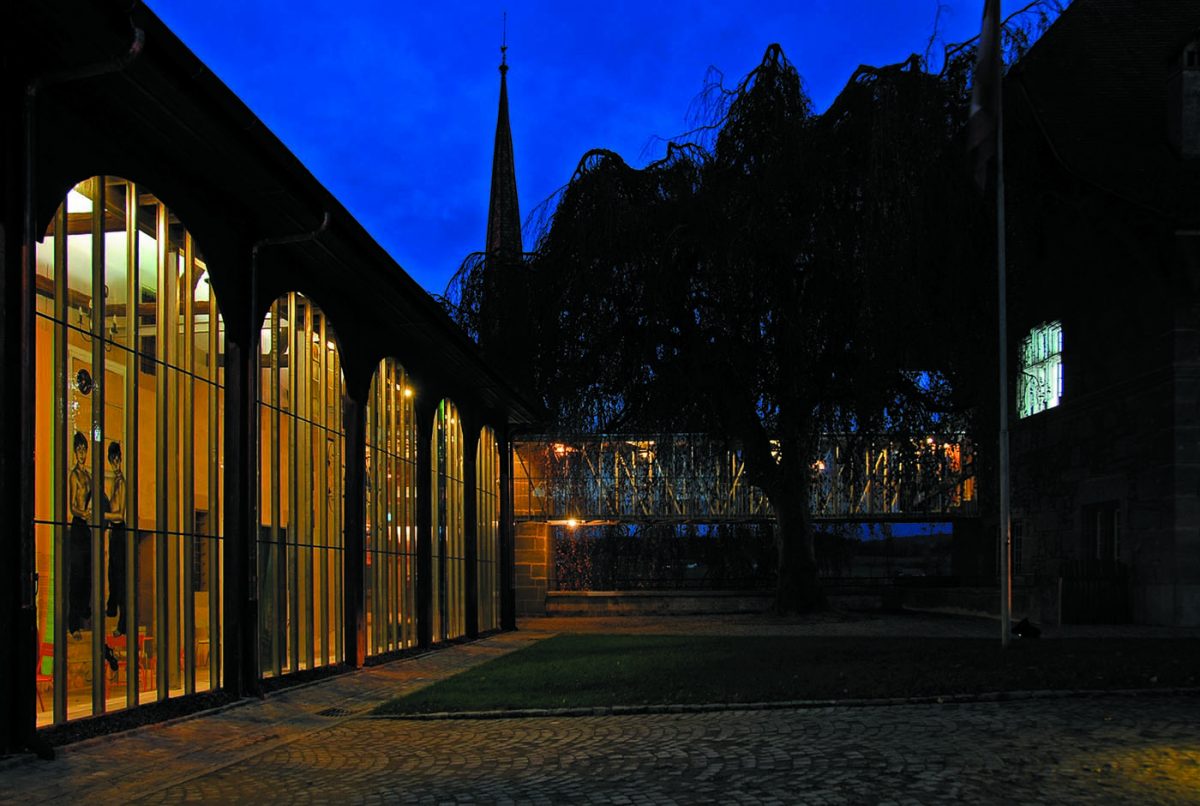
Conversion of a Glass Art Museum, development of an exhibition for reverse painting on glass.
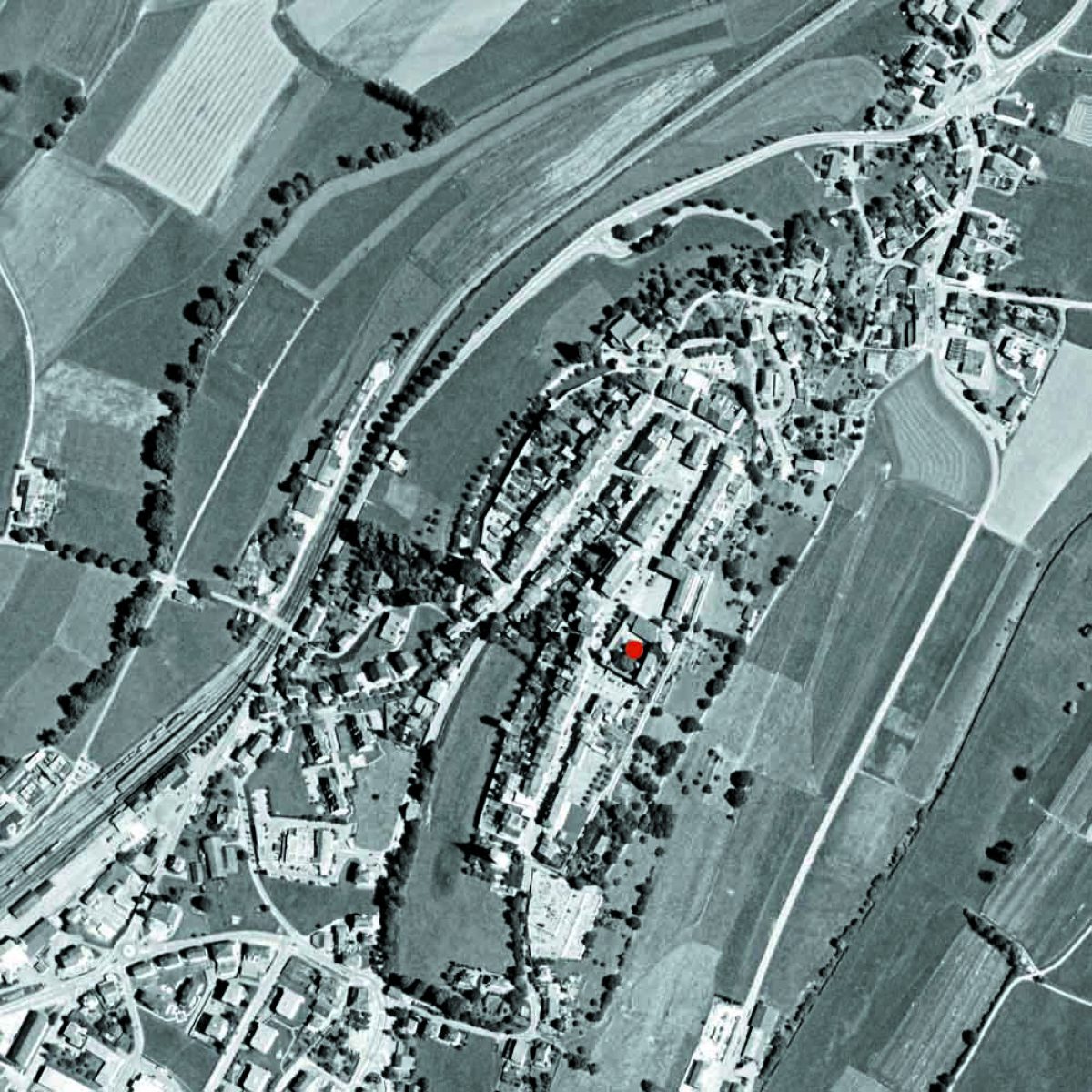
Romont Castle is part of the medieval urban structure. It is situated on the breaking edge of a hill and majestically, yet naturally dominates the Romont landscape. The complex was constructed on a fortification wall with a square ground plan. It includes a 13th Century building wing, known as the ‘Savoyarde’, another wing from the 16th Century, ‘Fribourgeoise’, which both face south towards the Apls, and a fortification tower in the western corner. Untilrecently, the two wings were separated from each other. A glass walway now connects them and draws attention to the location of the entrance. Beneath a covered area along the ‘Savoyarde’. A new exhibition area is enclosed behind glass. The back light provides ideal conditionsfor exhibiting largr glass items, while fully glasswalled room can also be used as an orangerie. At night, the orangerie transforms into a large, coloured lantern that floods the castle courtyard with a fascinating aura. The additional room also allows better connection for the entire wing. Congresses and events can be held without disrupting the museum’s operations. The glass walkway along the fortification wall provides a direct path to the ‘Piano Nobile’ in the Fribourgeoise wing. The passage provides a wonderful view of the Roment countryside and represents the thematic transition of exhibition from glass art to reverse painting on glass. In a way, the glass skywalk is nestled into the existing structure and strengthens the new identity of the museum, as the glass shell oscilates between reflection and transparency. Inside, all rooms are directly accesible via the new vertical connection for the ‘Savoyarde’ so that all rooms are wheelchair-friendly.
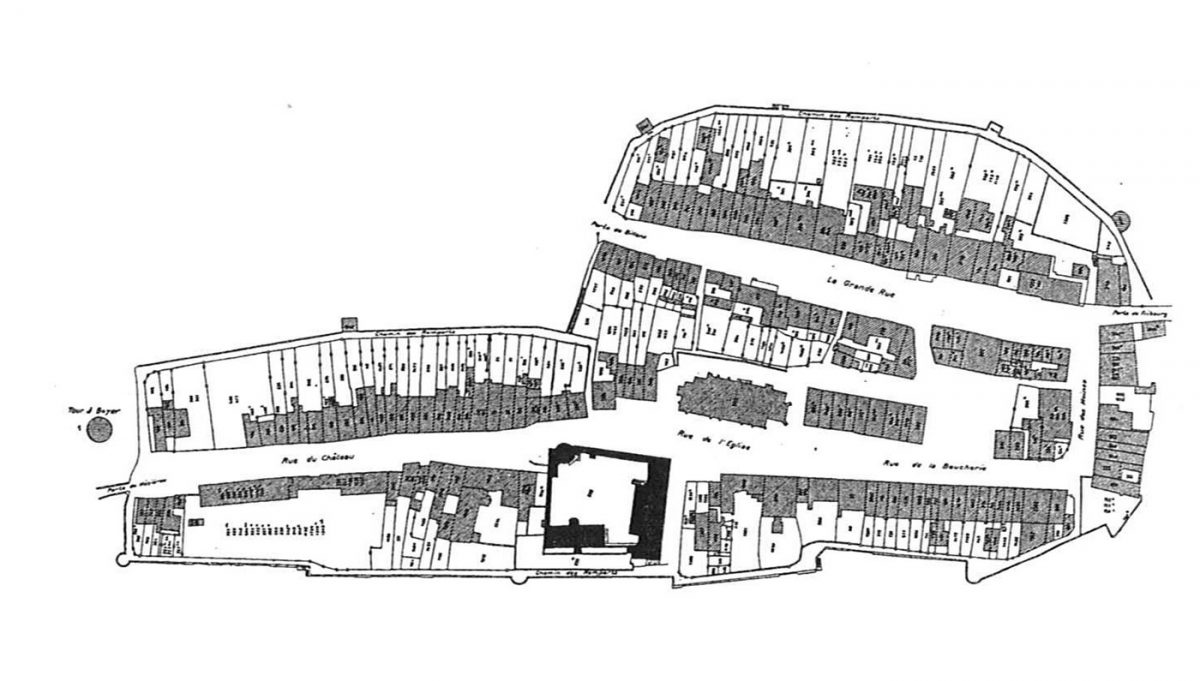
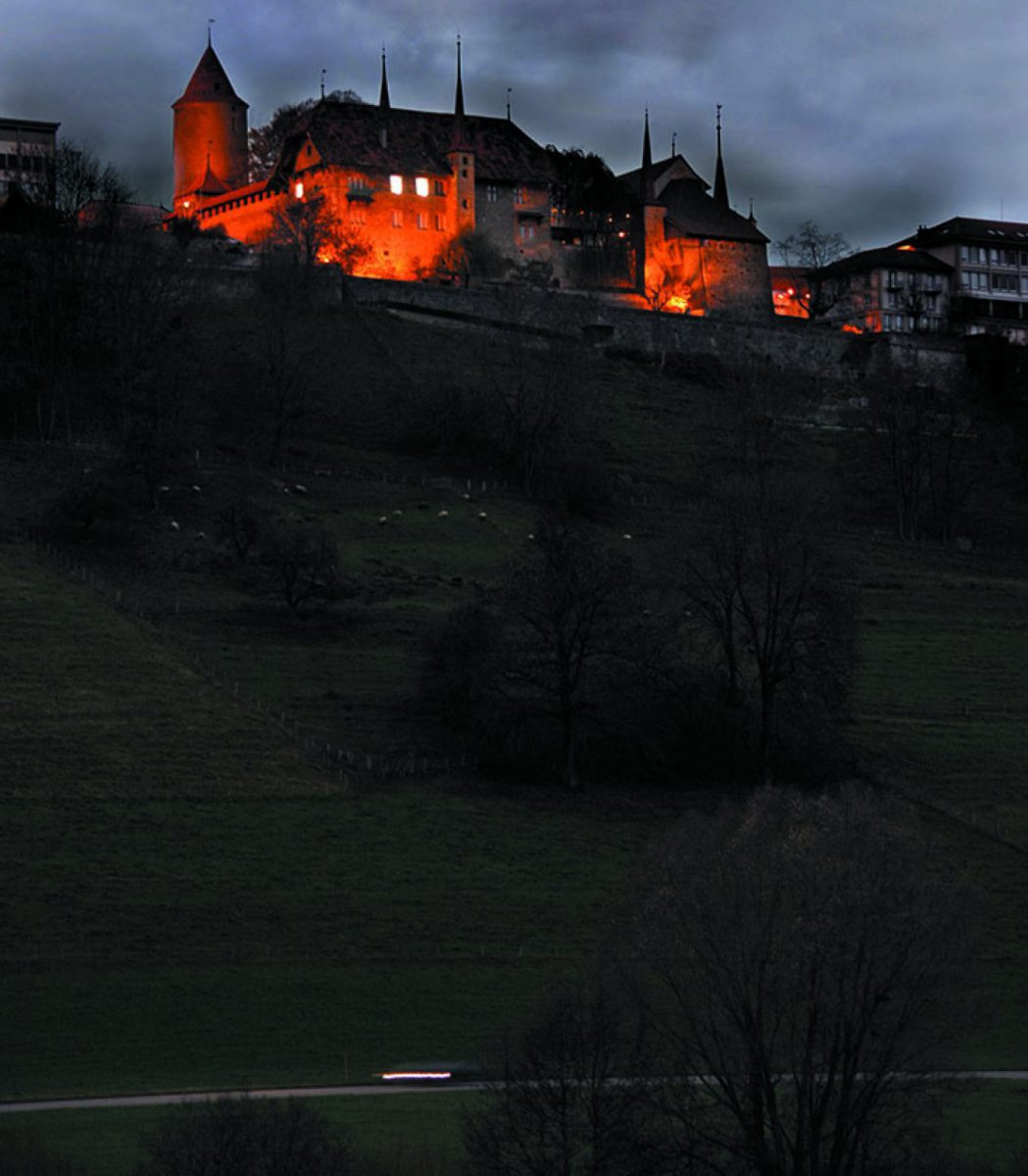
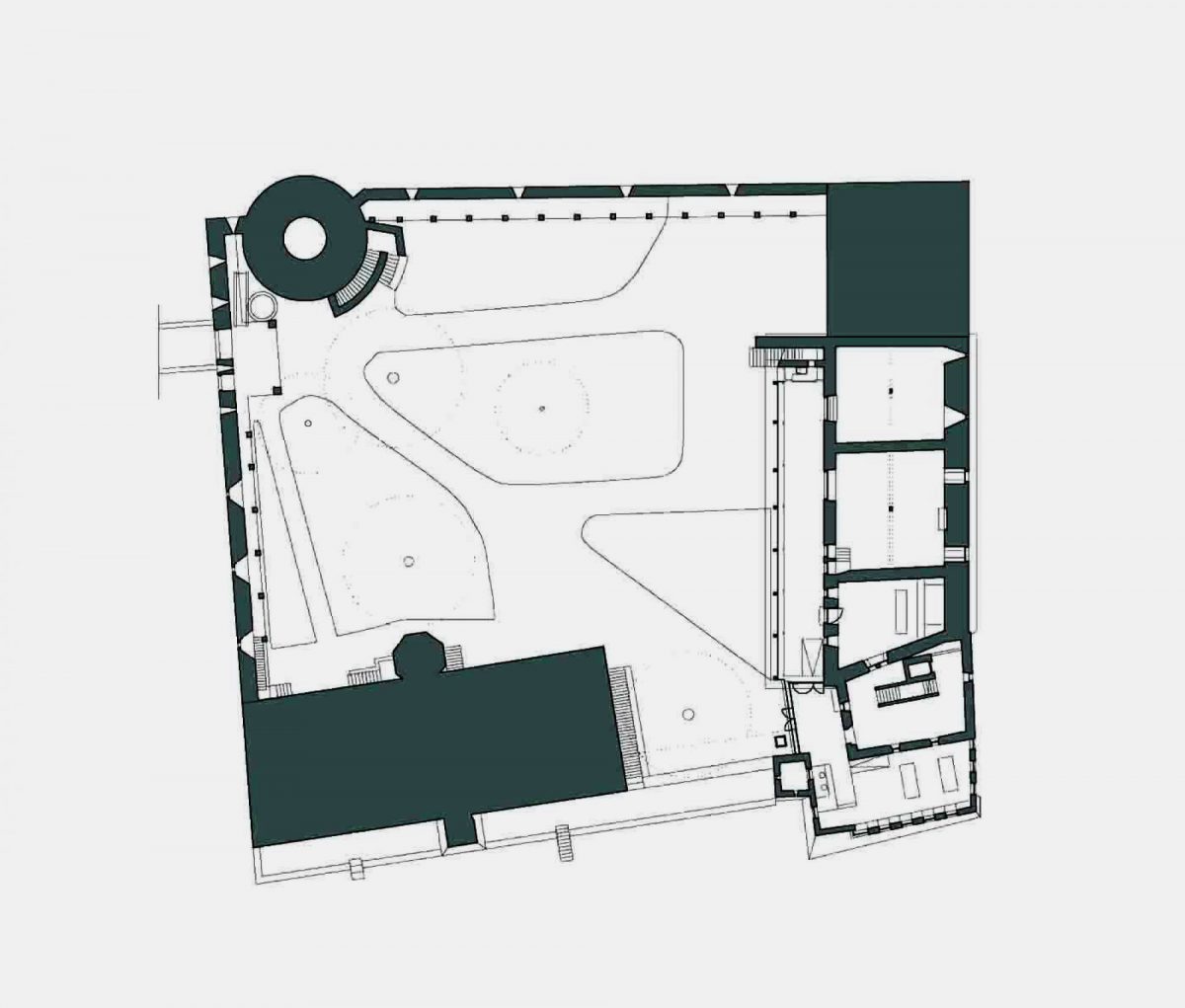
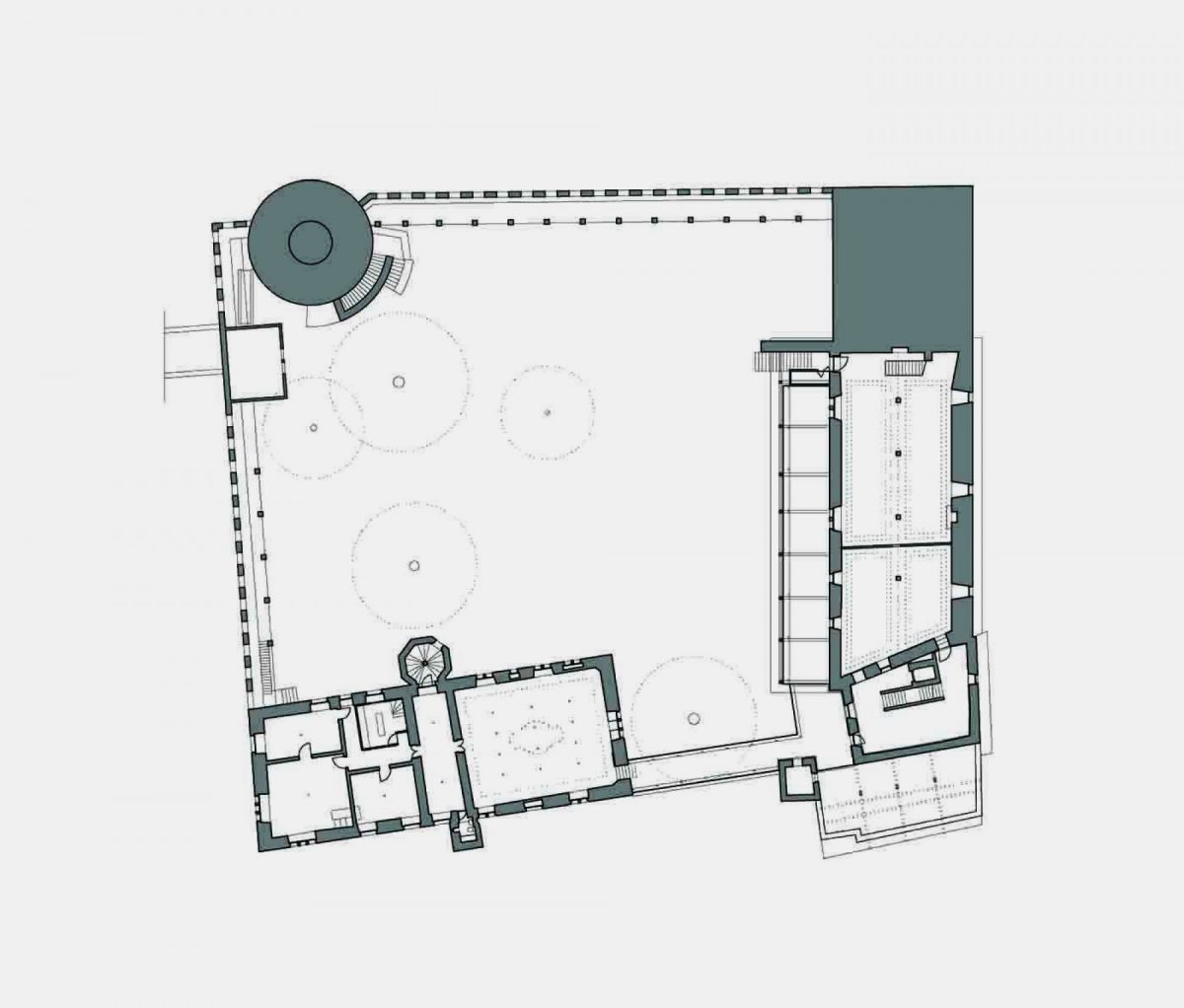
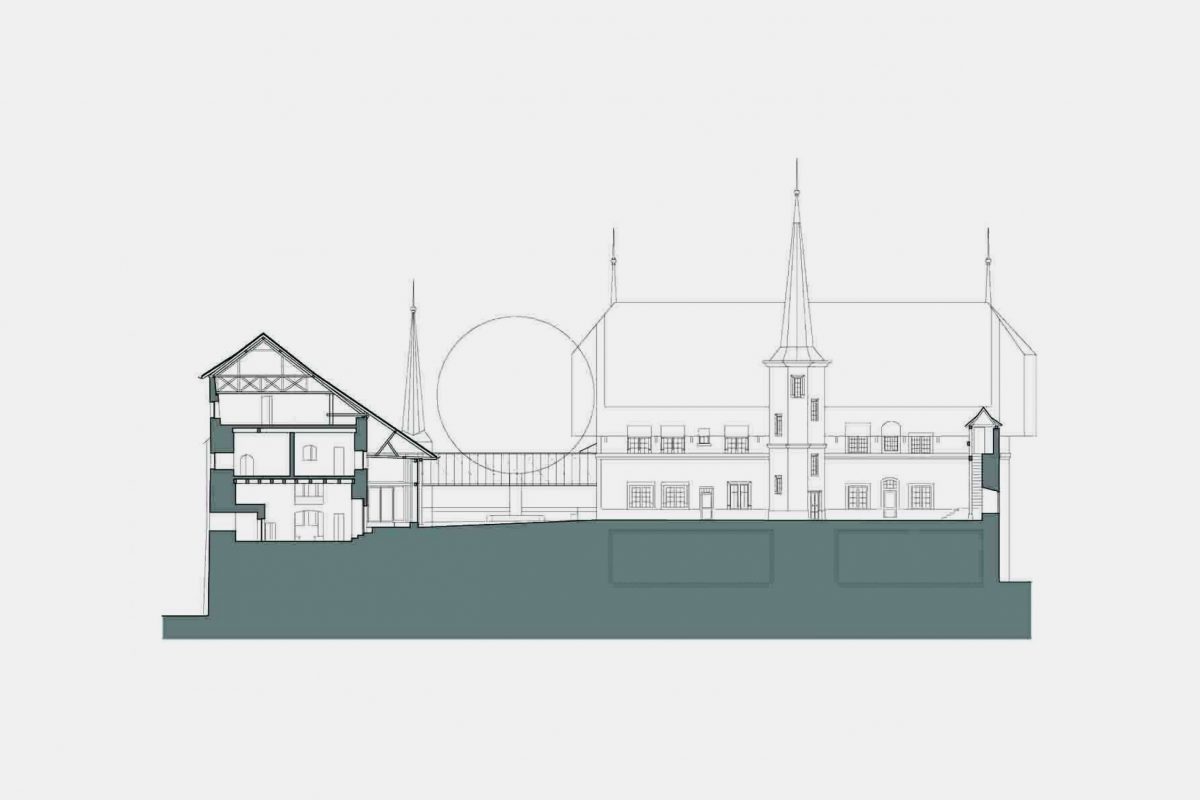
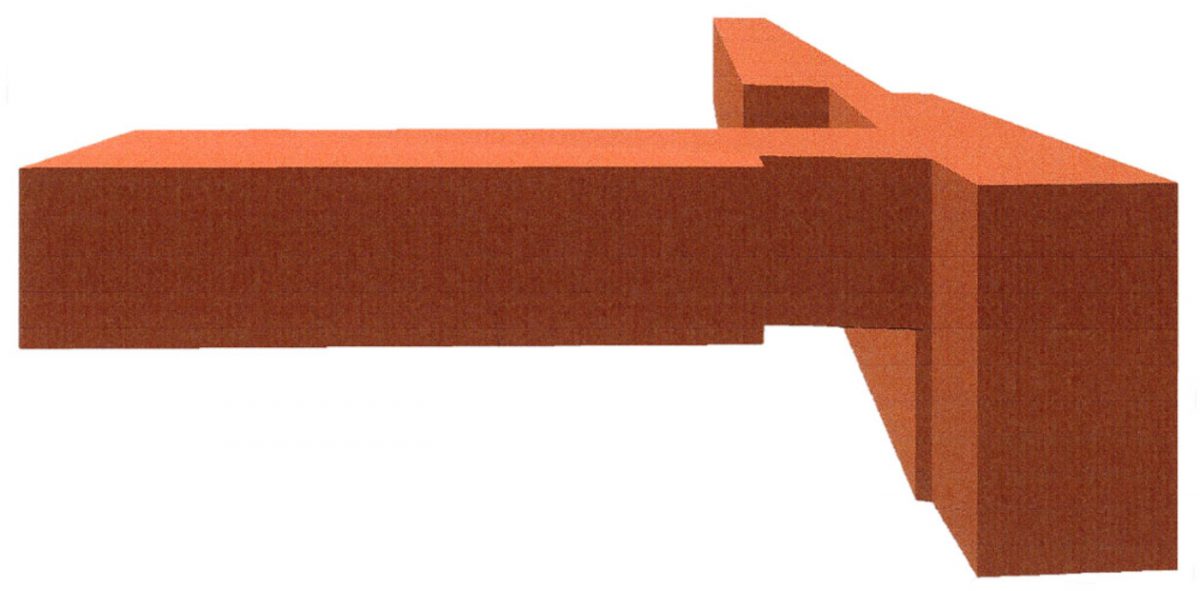
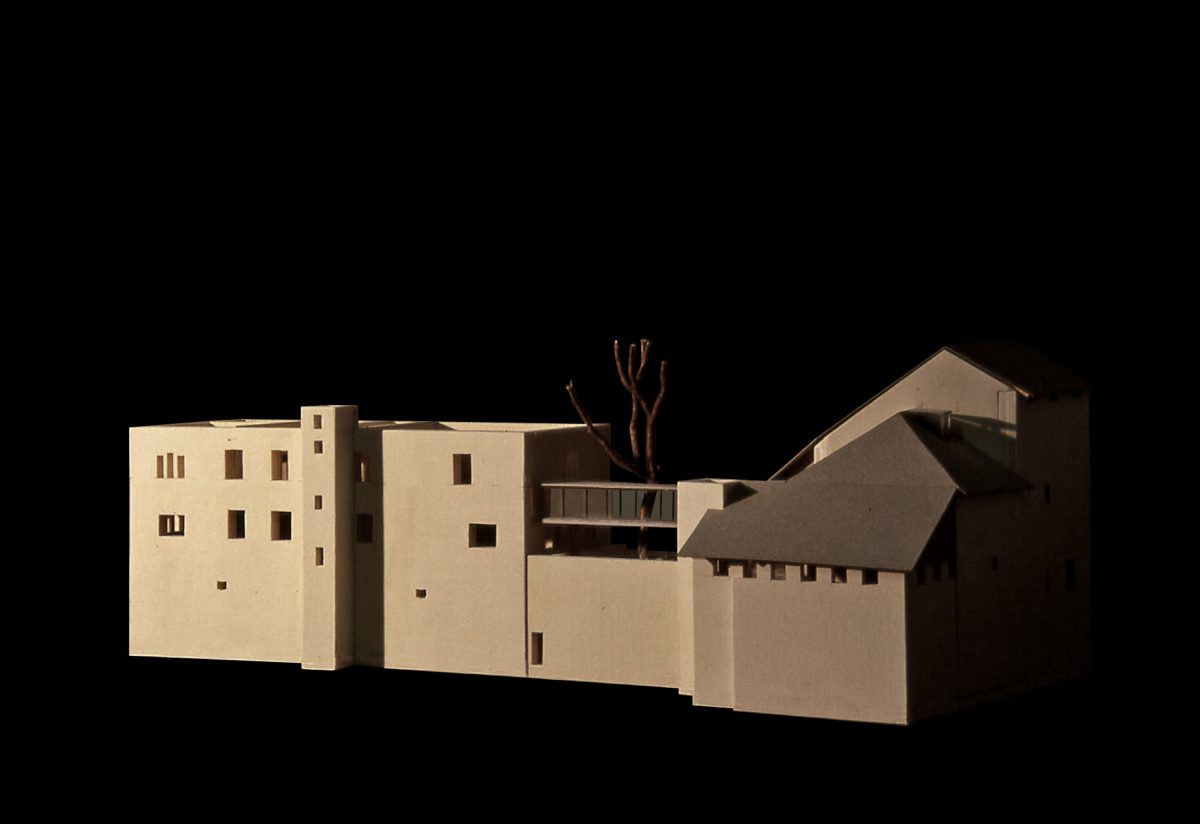
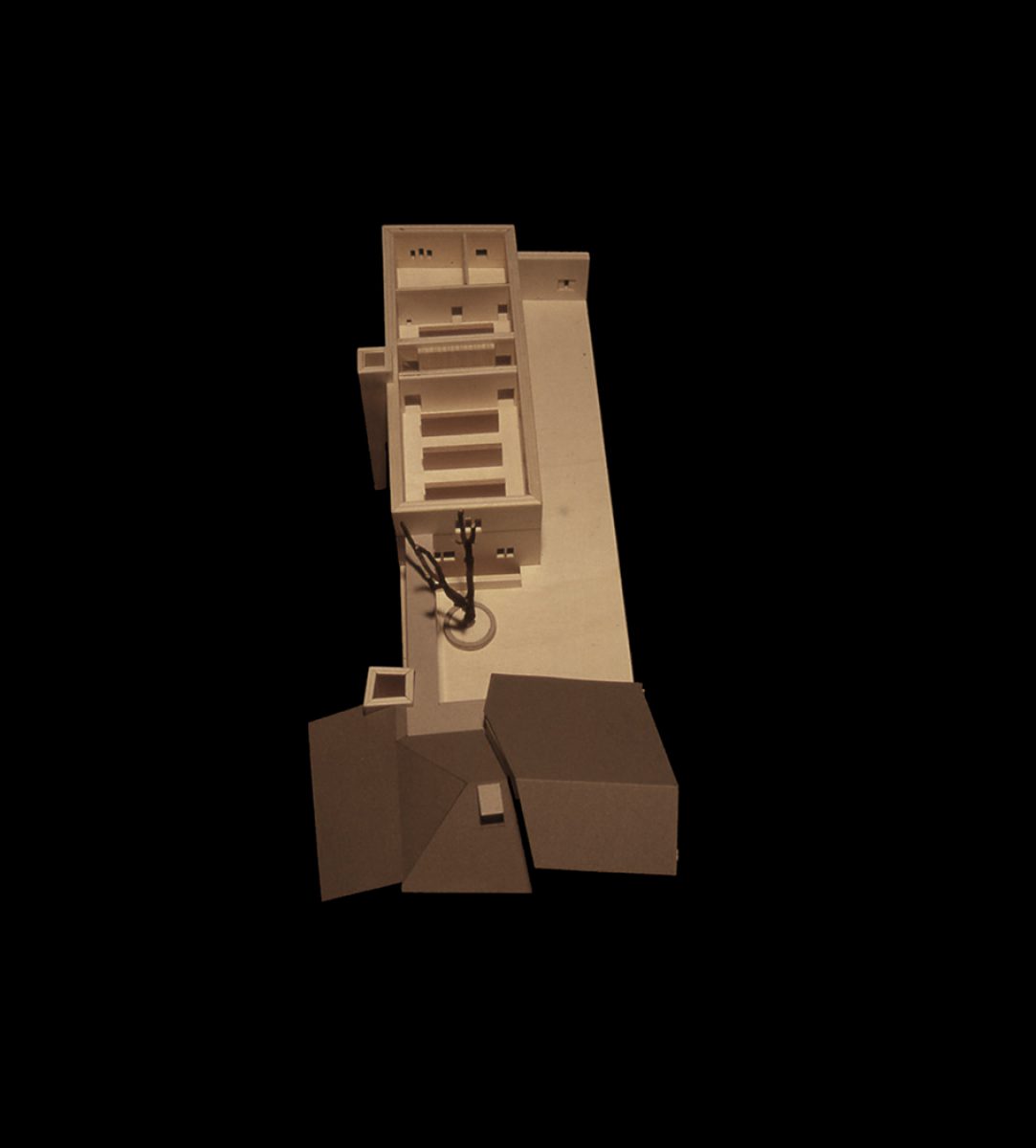
Le vitrail prend place dans l’aile savoyarde, profitant de la transparence & de la lumière traversante.
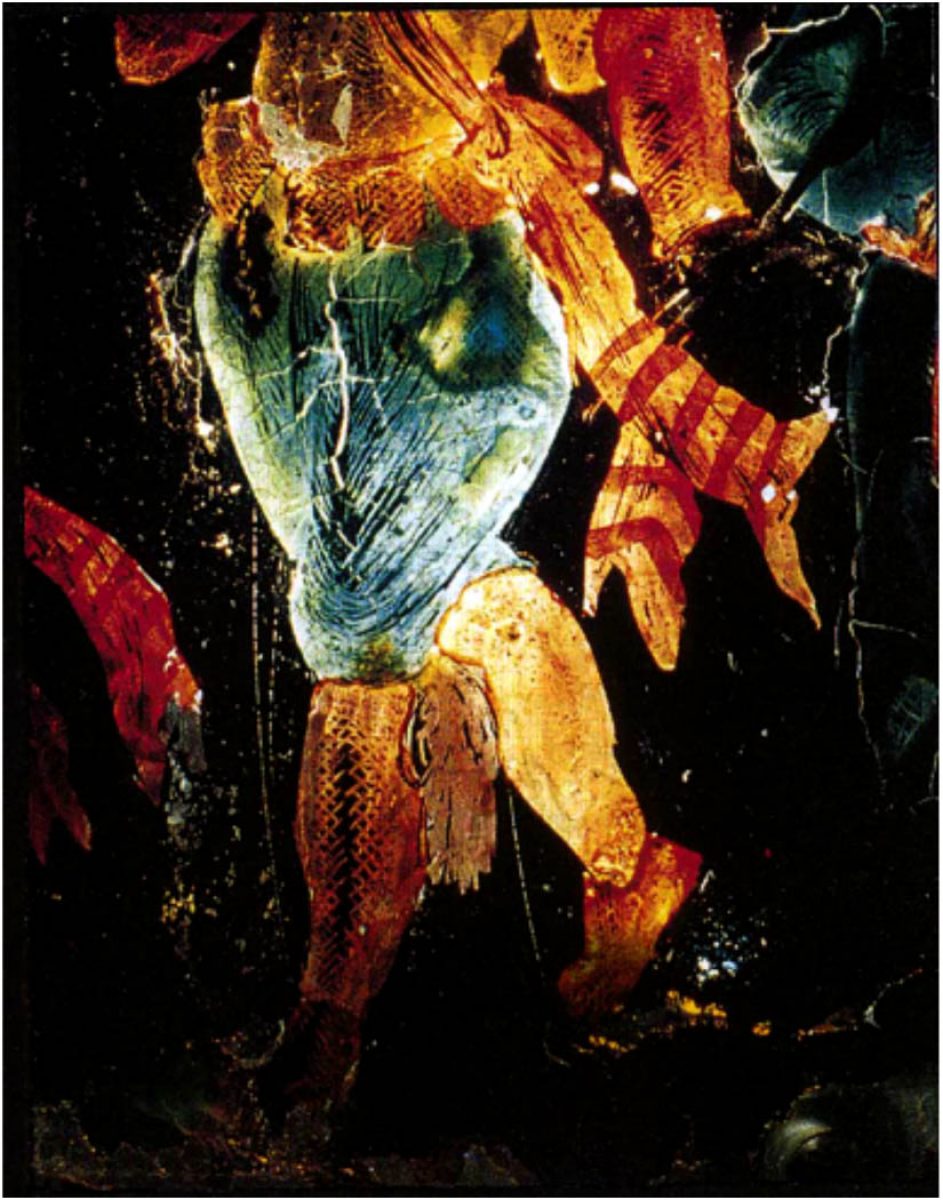
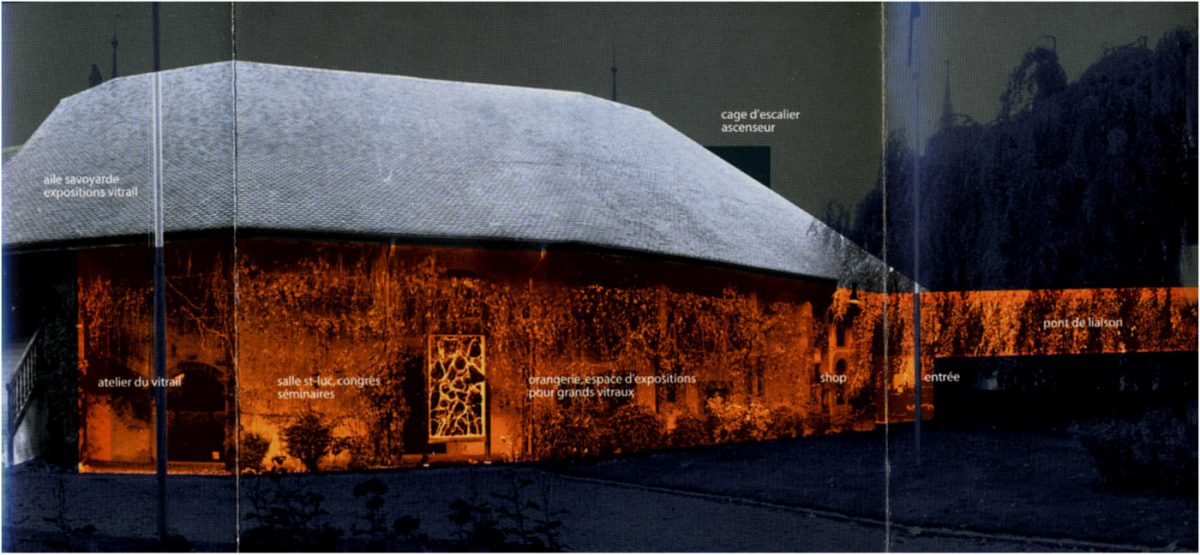
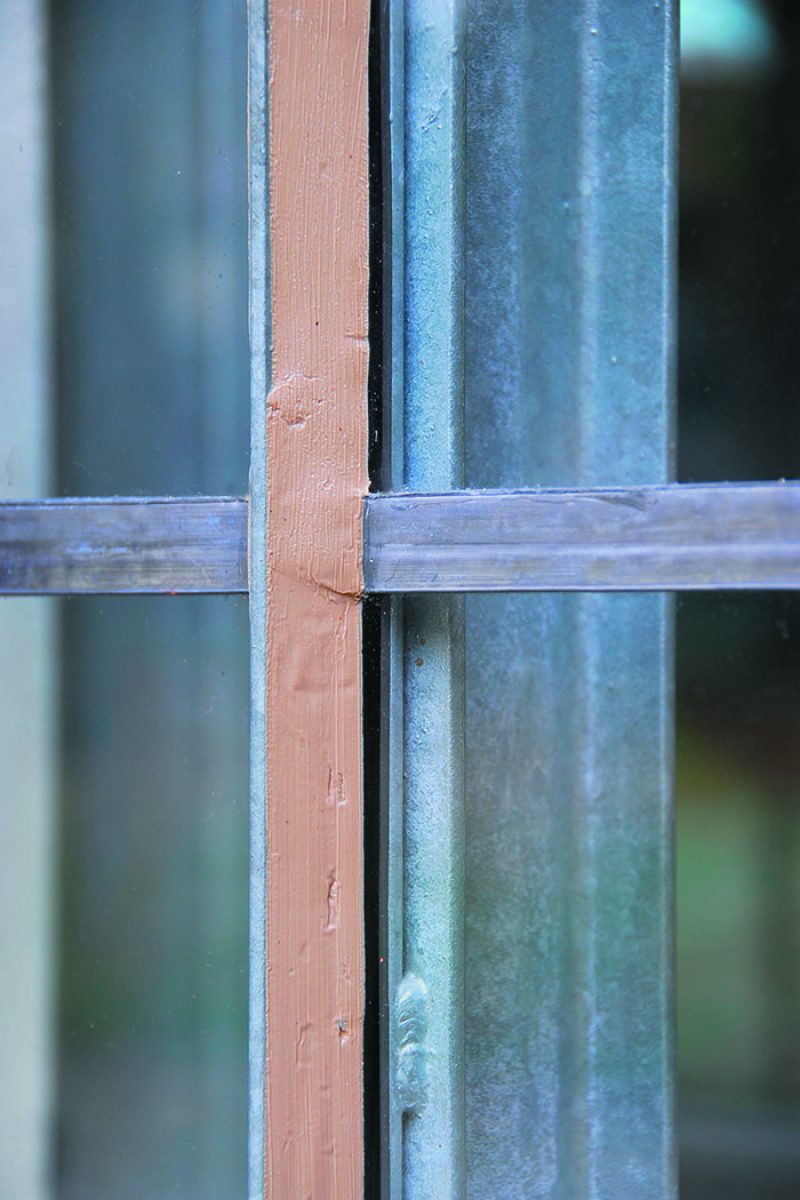
Orangeries we looked at
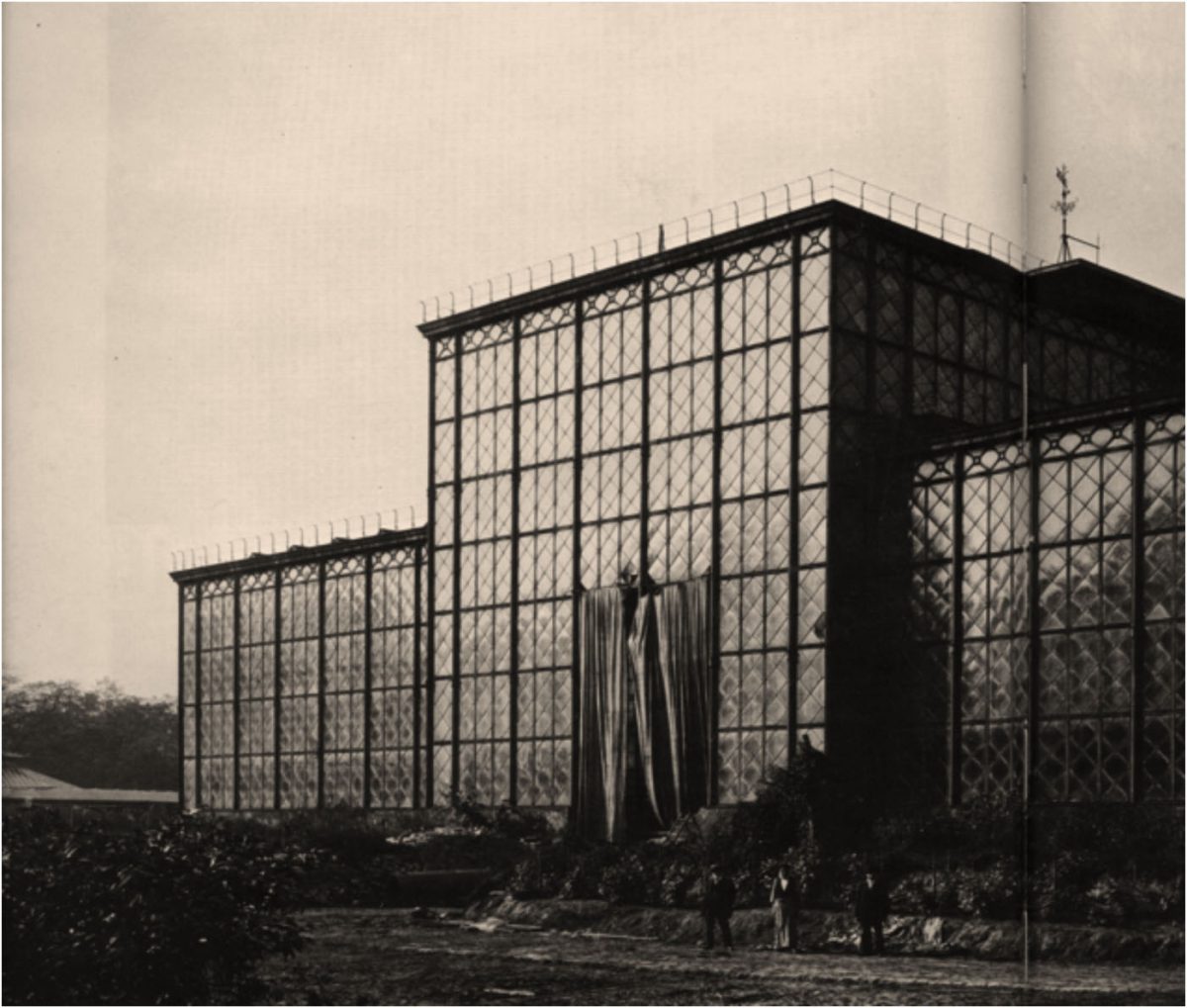
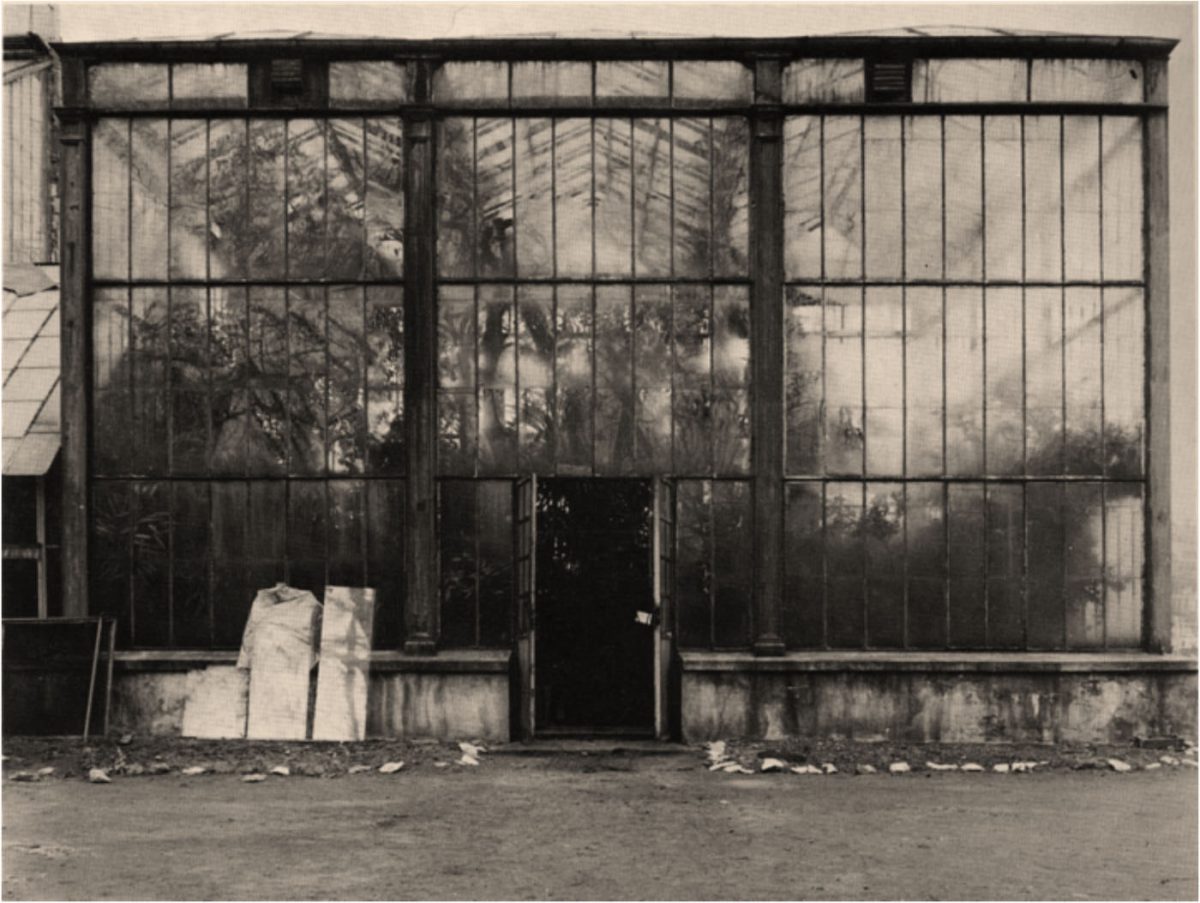
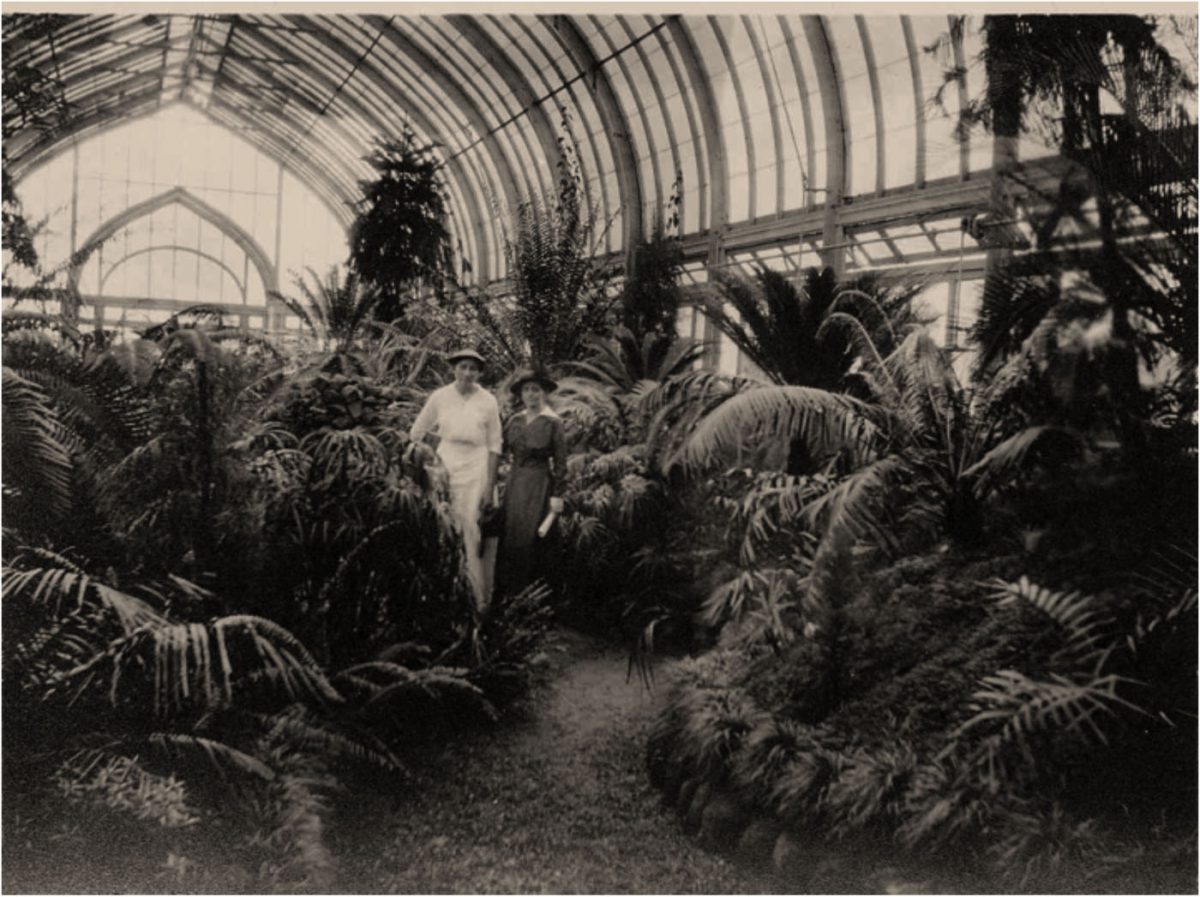
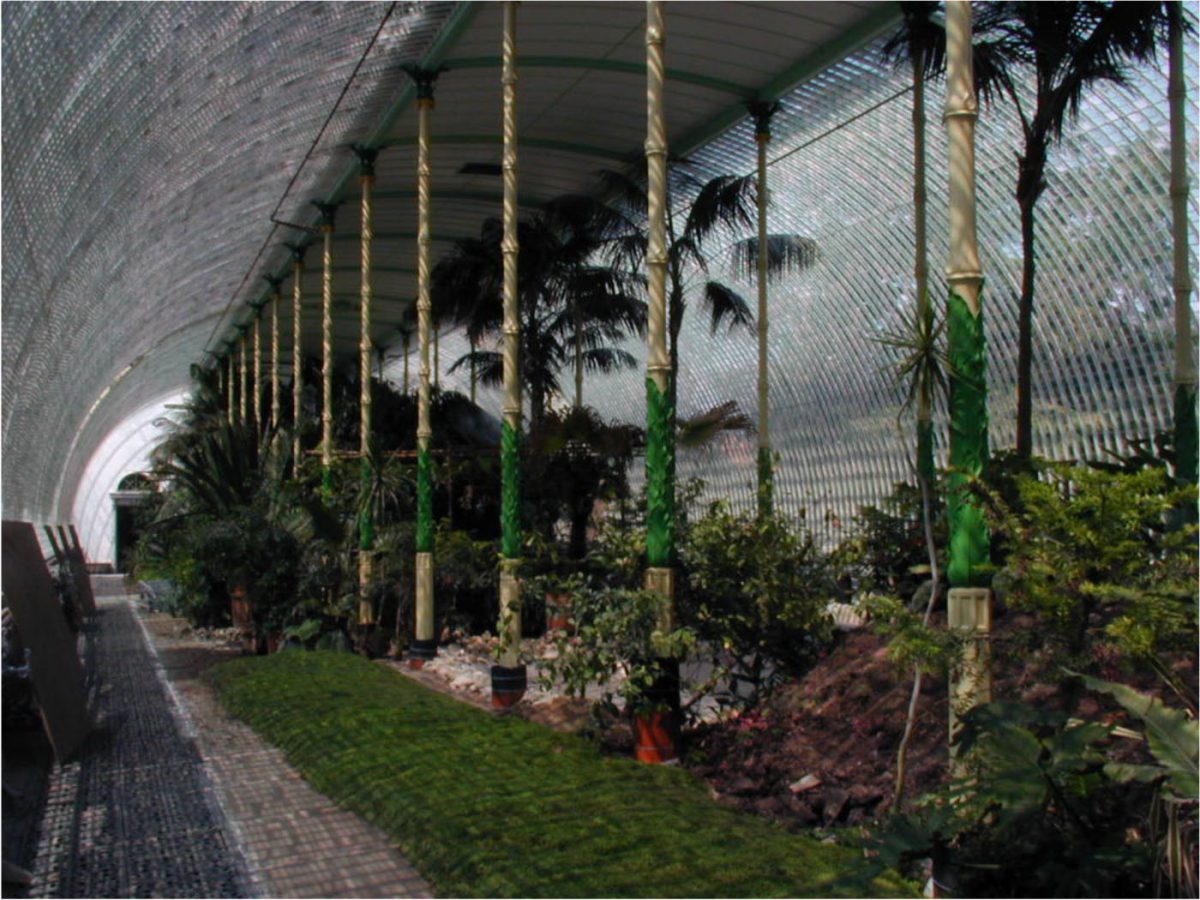
Une vieille machine pour tirer le verre de Electroverre à Romont remie en fonction.
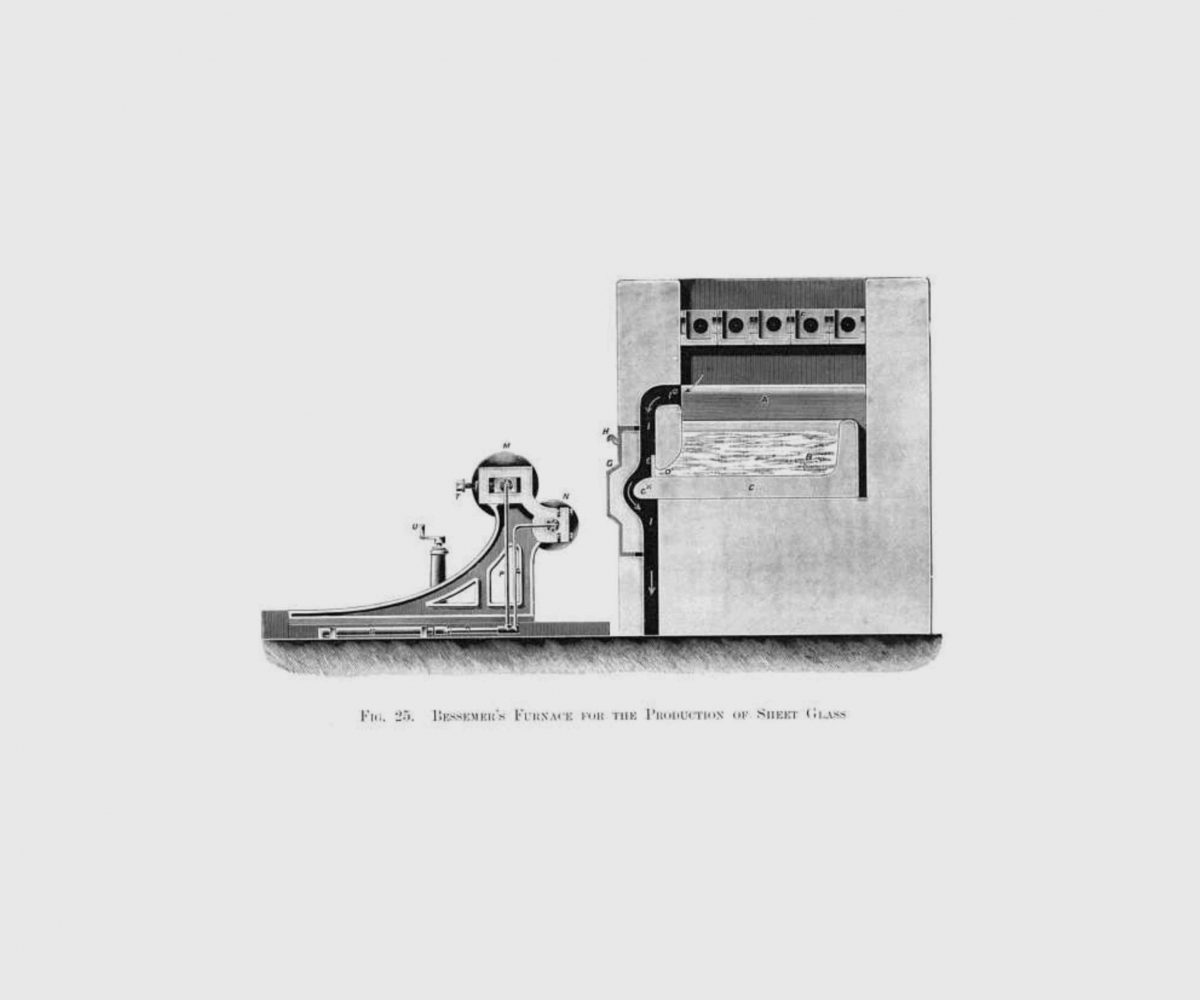
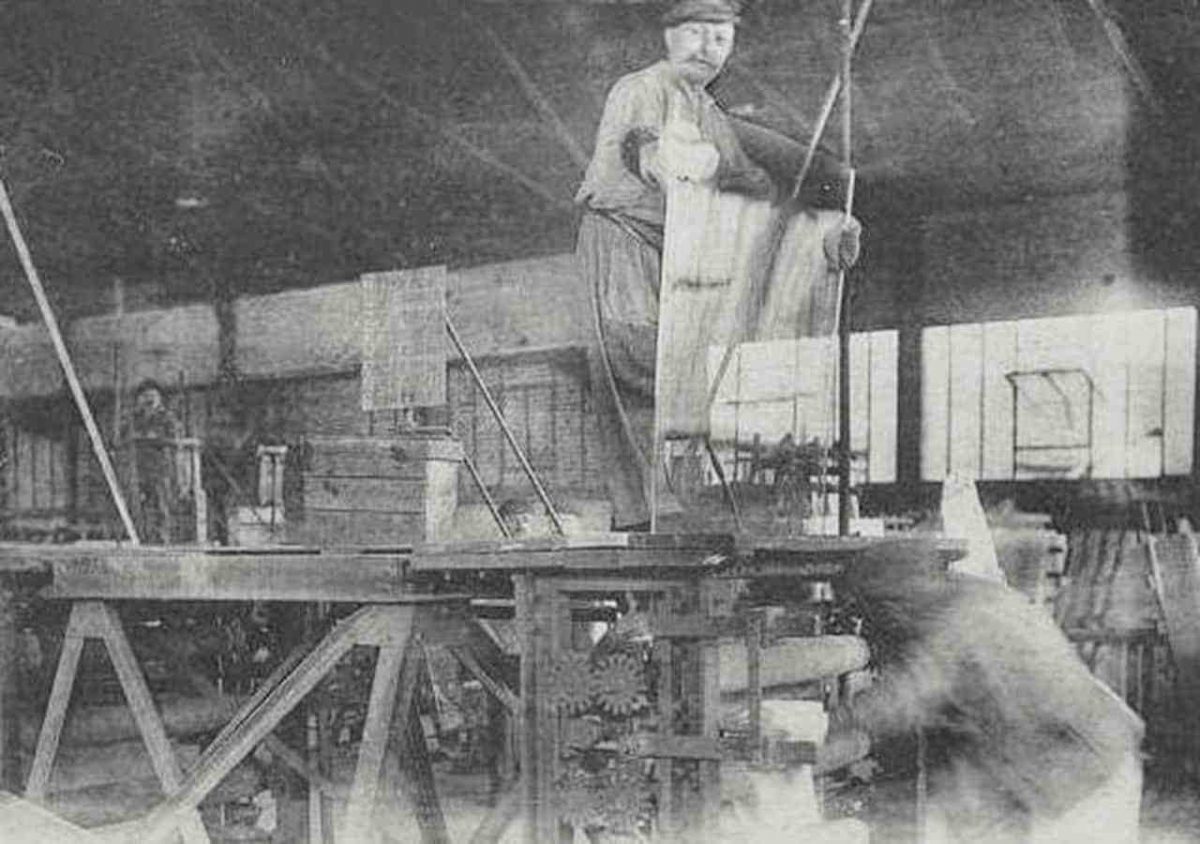
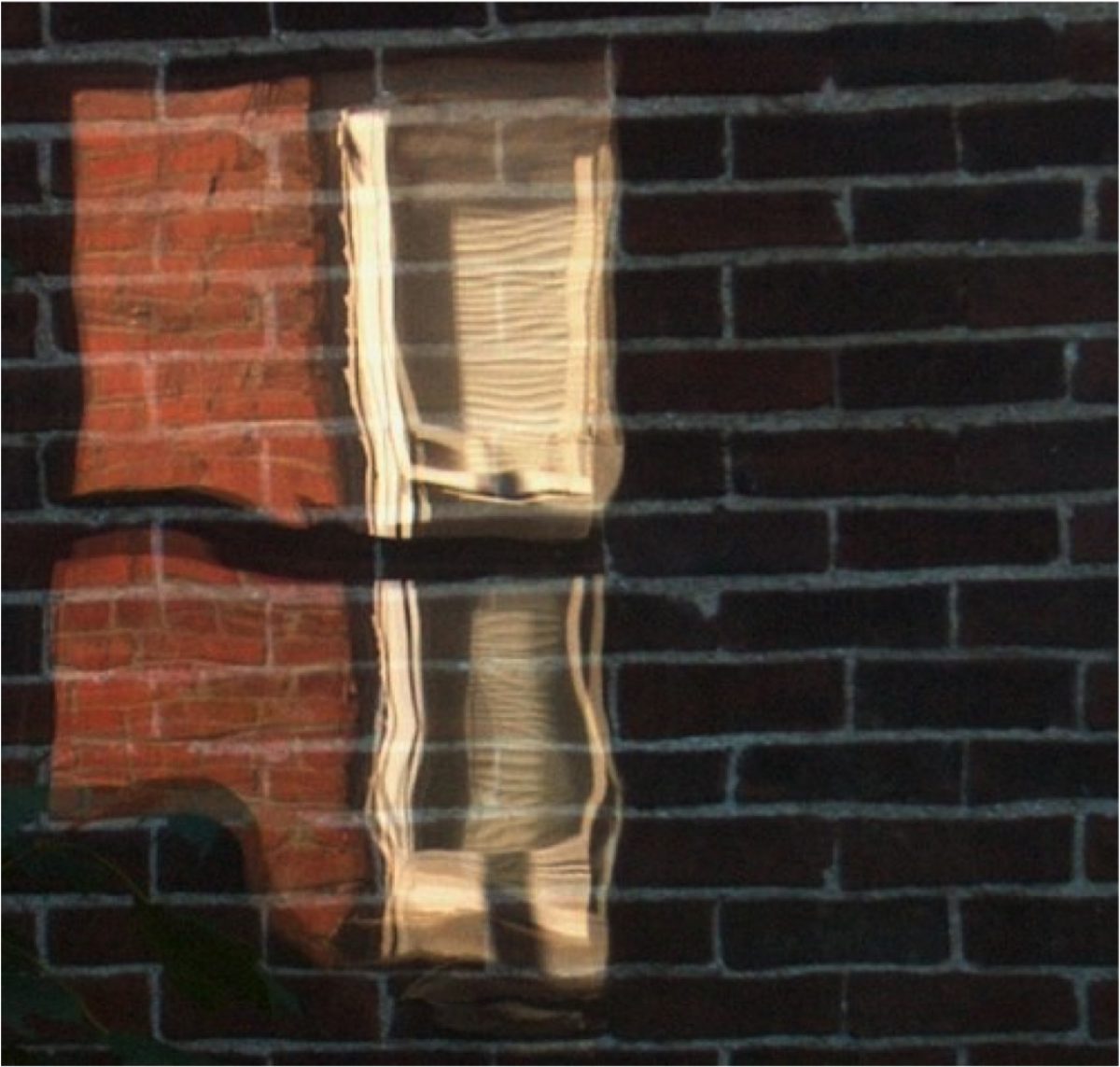
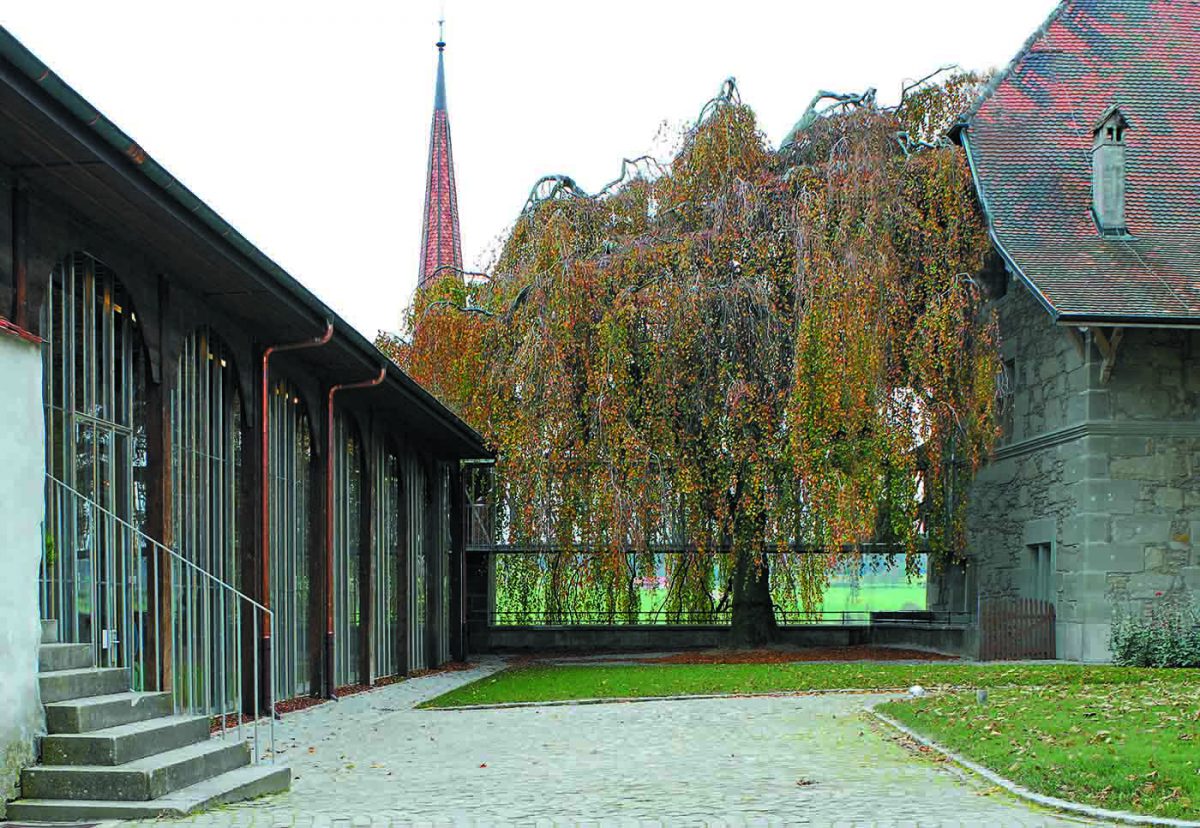
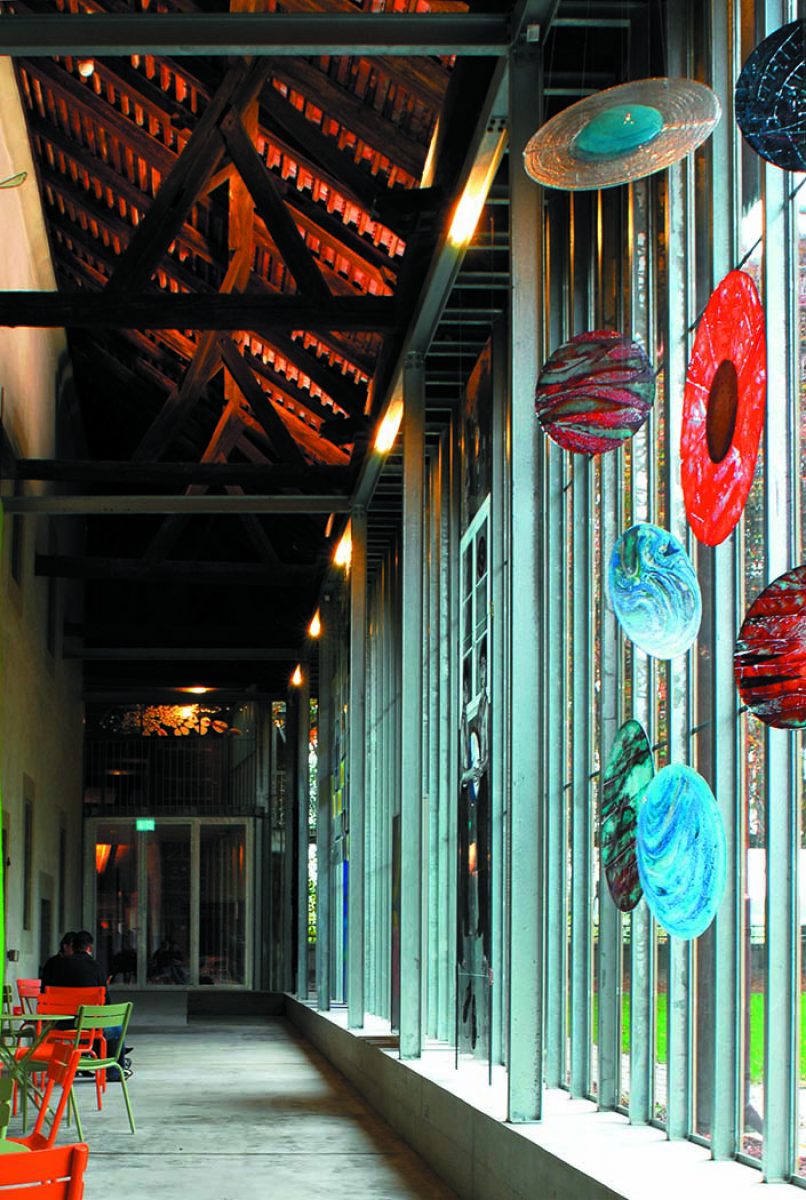
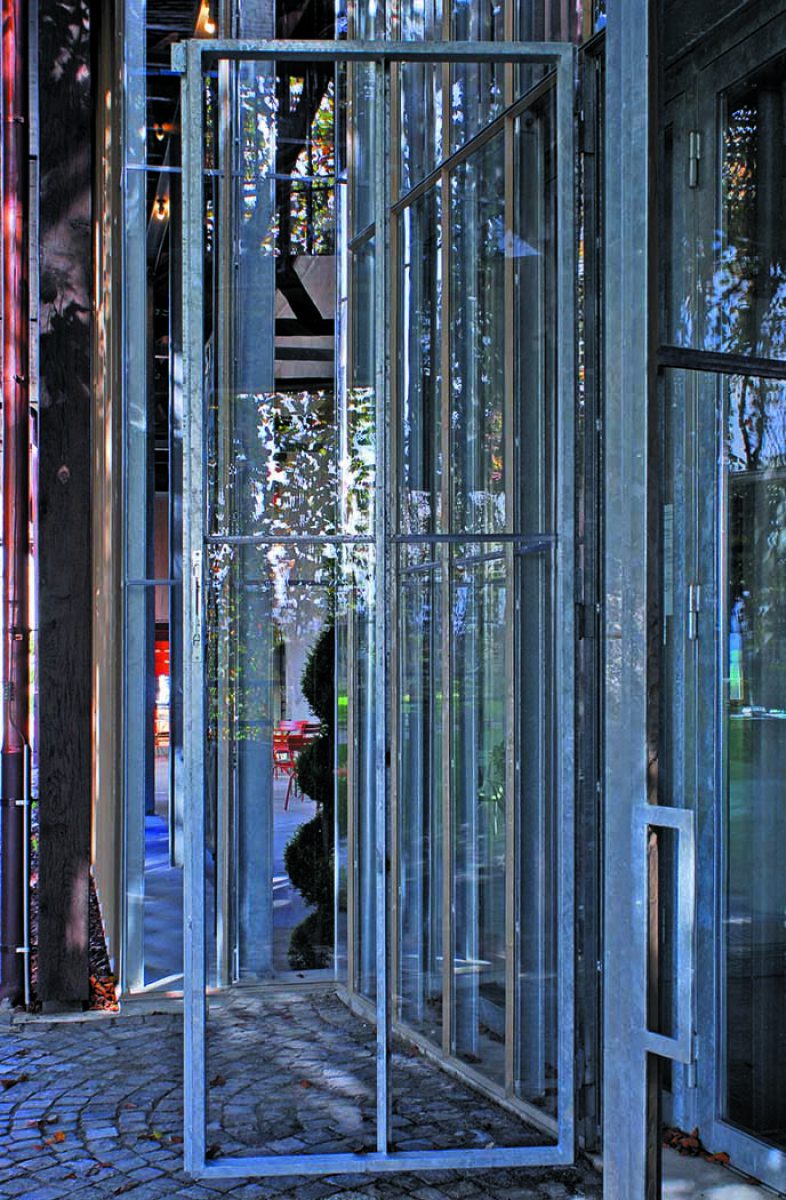
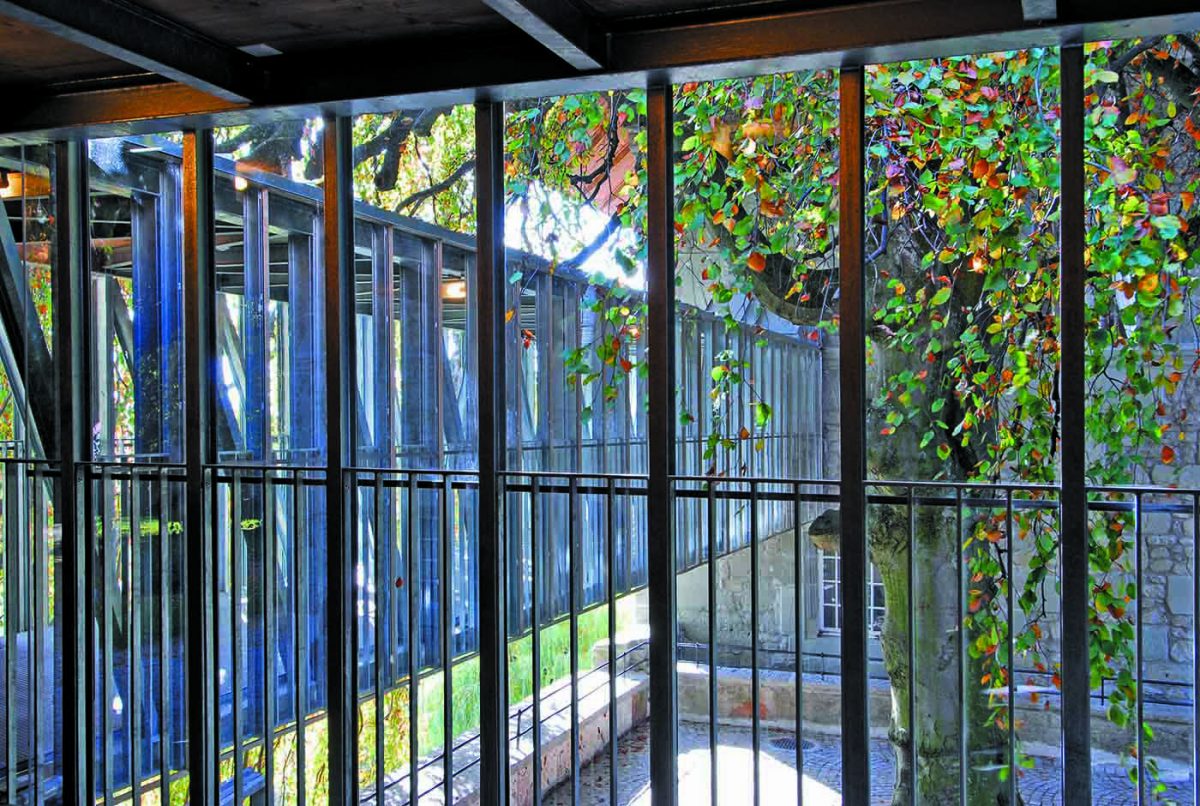
Depuis la toiture, le nouvel escalier et l’ascenseur en métal se glissent, comme une armure de chevalier, entre les murs de molasse.
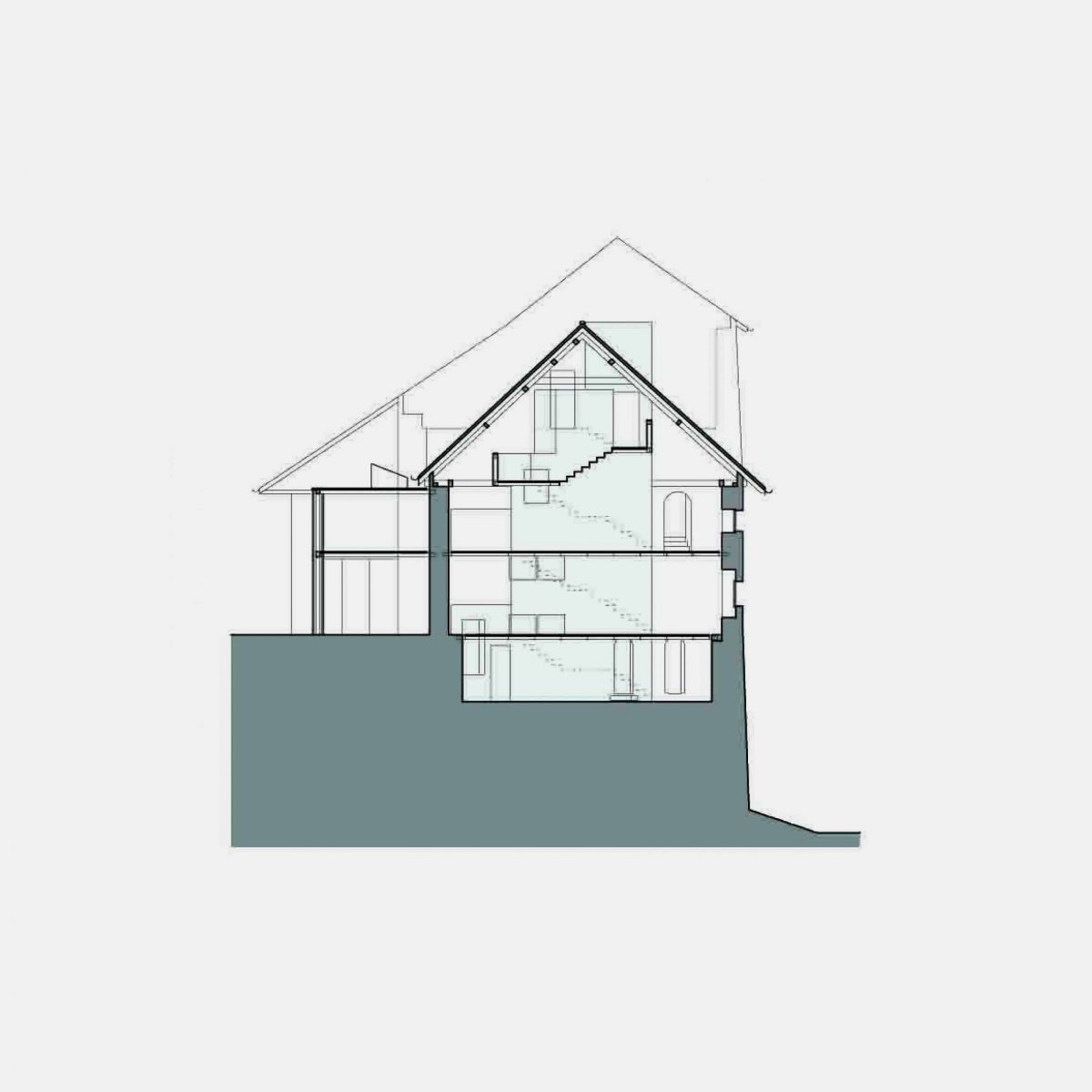
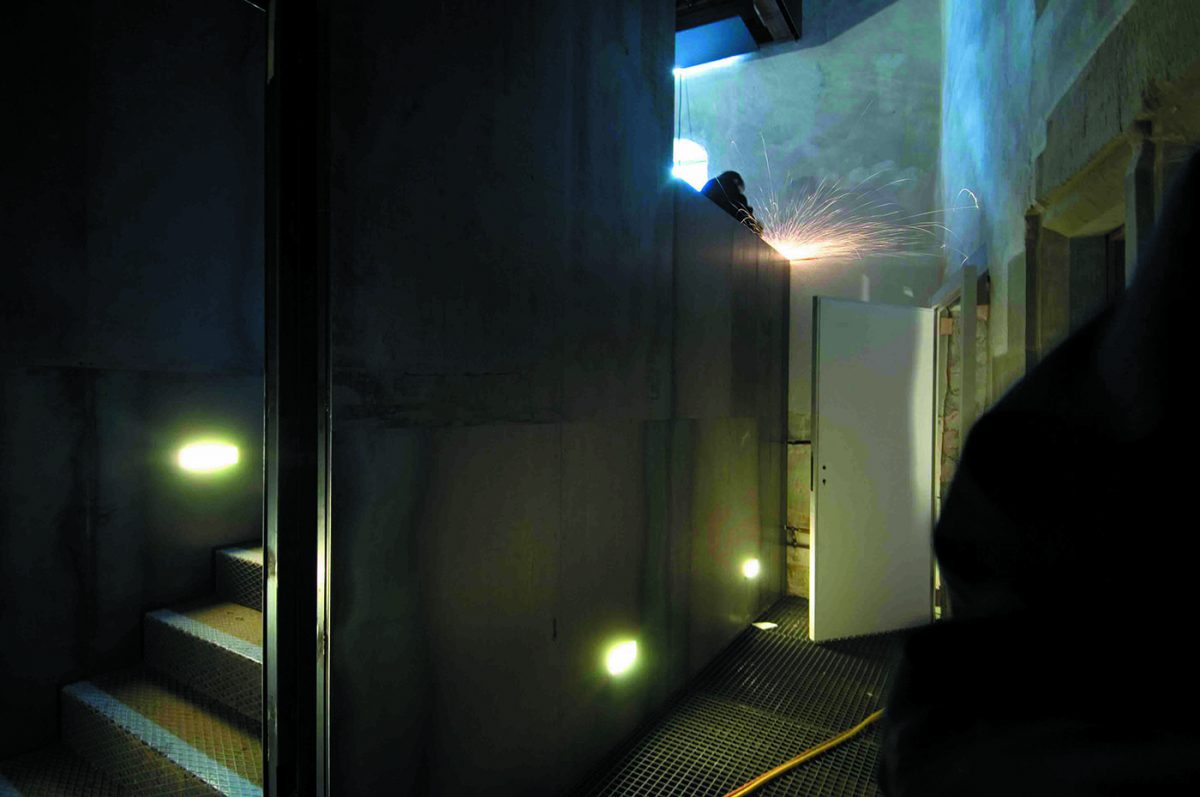
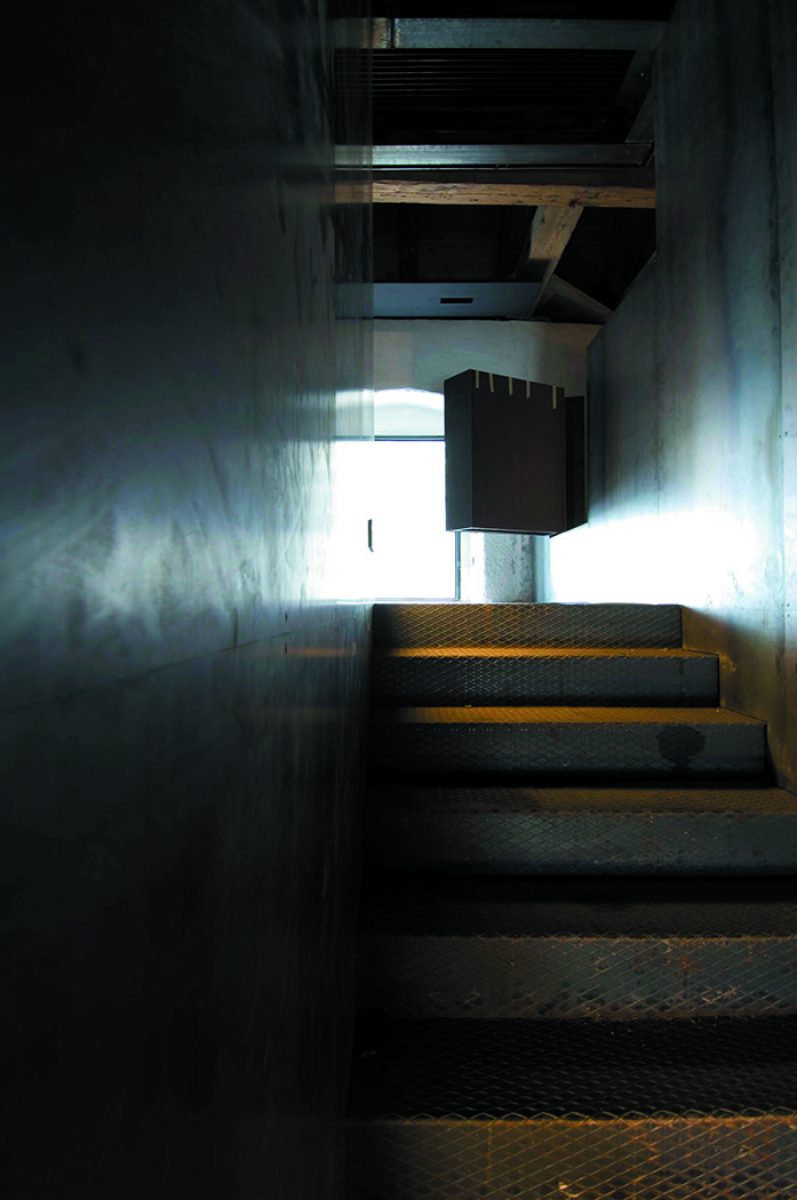
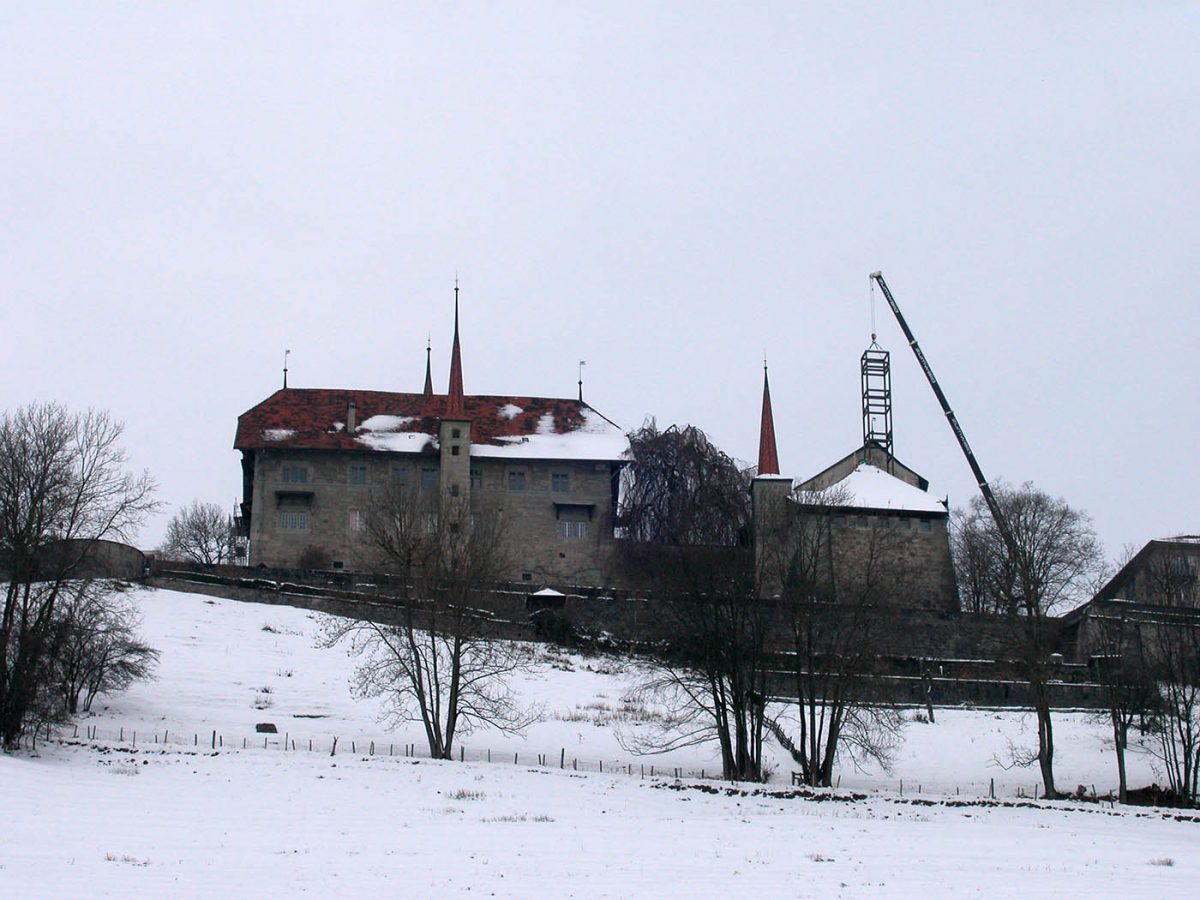
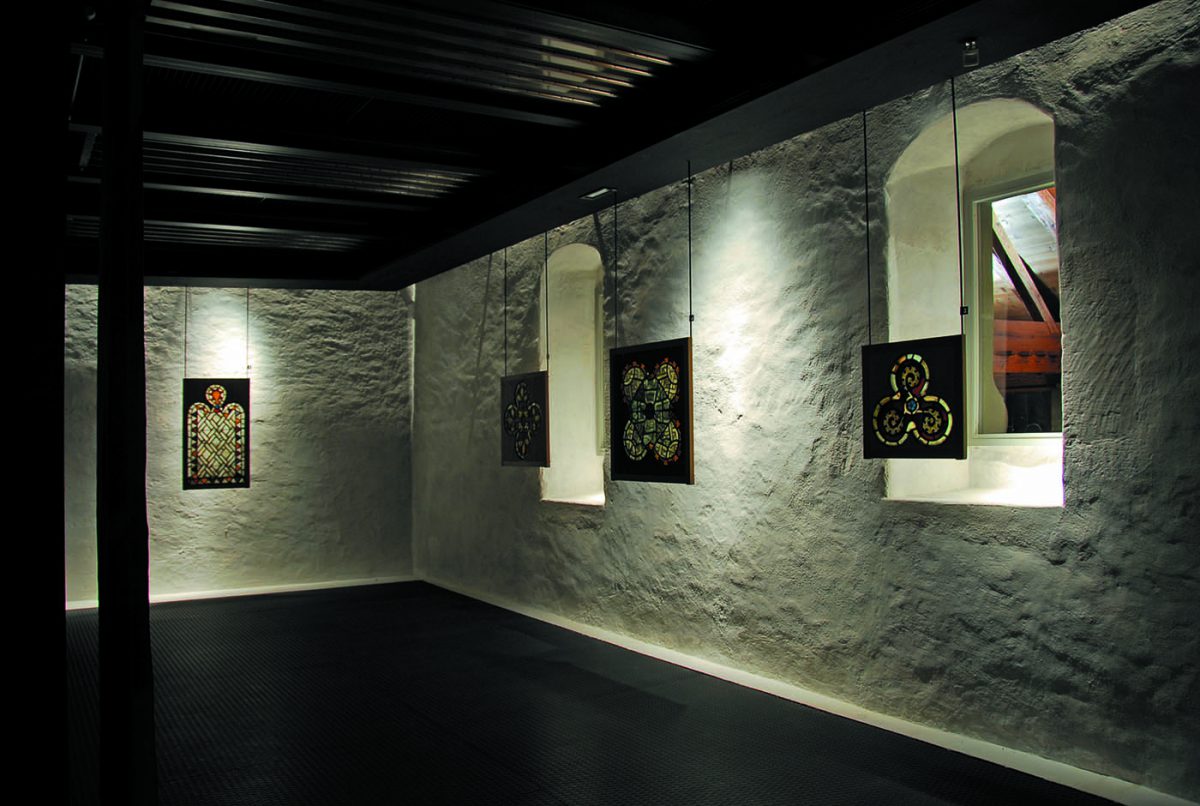
La peinture sous verre prend place dans l’aile Fribourgeoise.
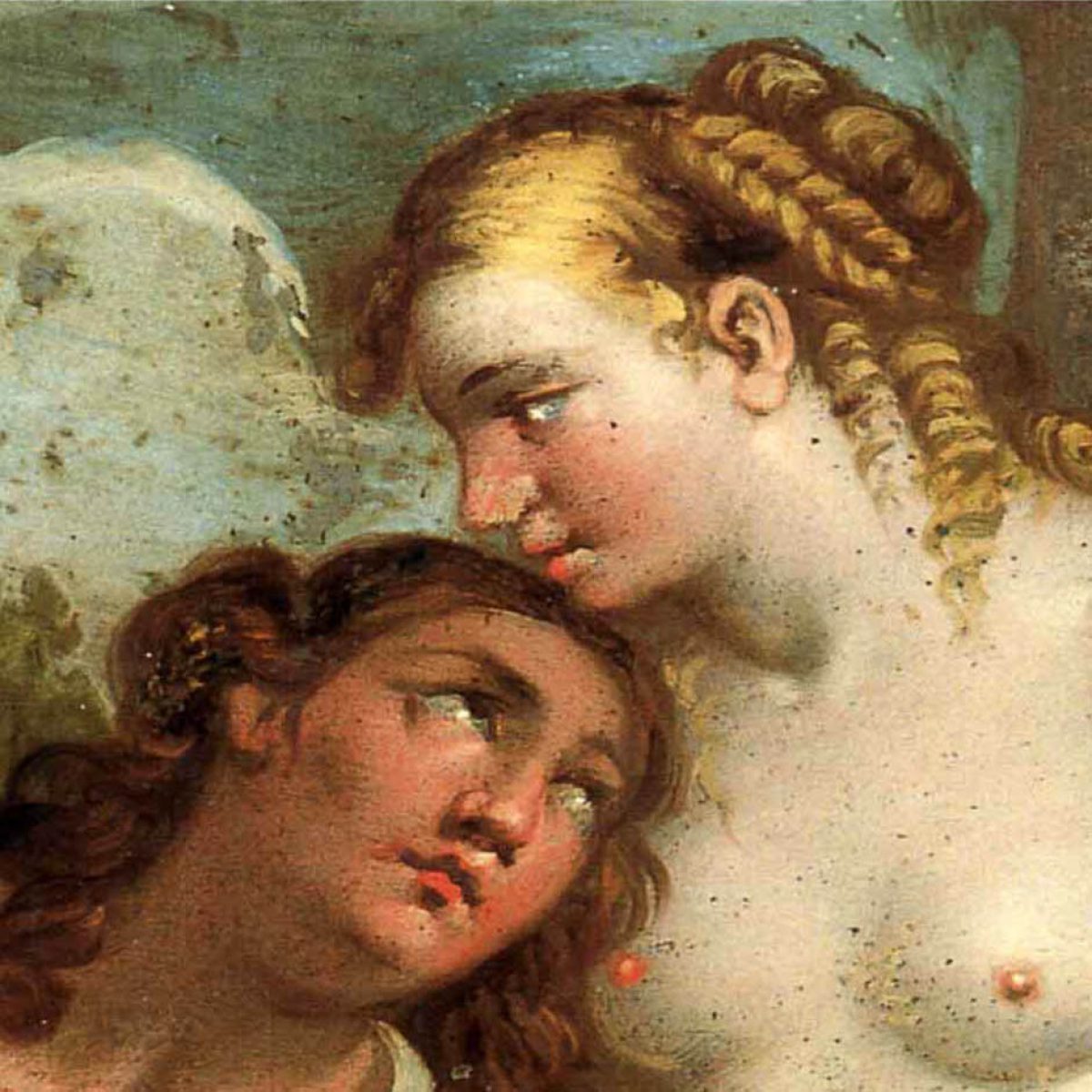
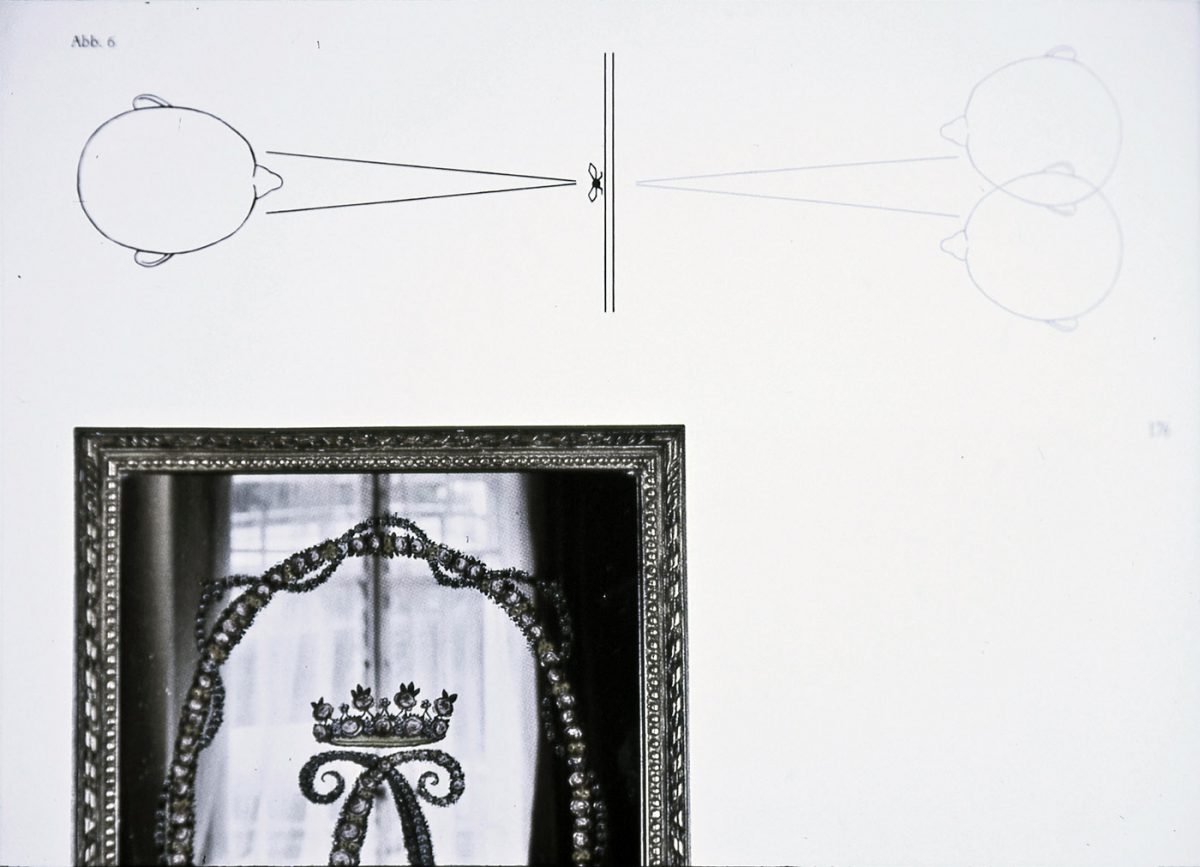
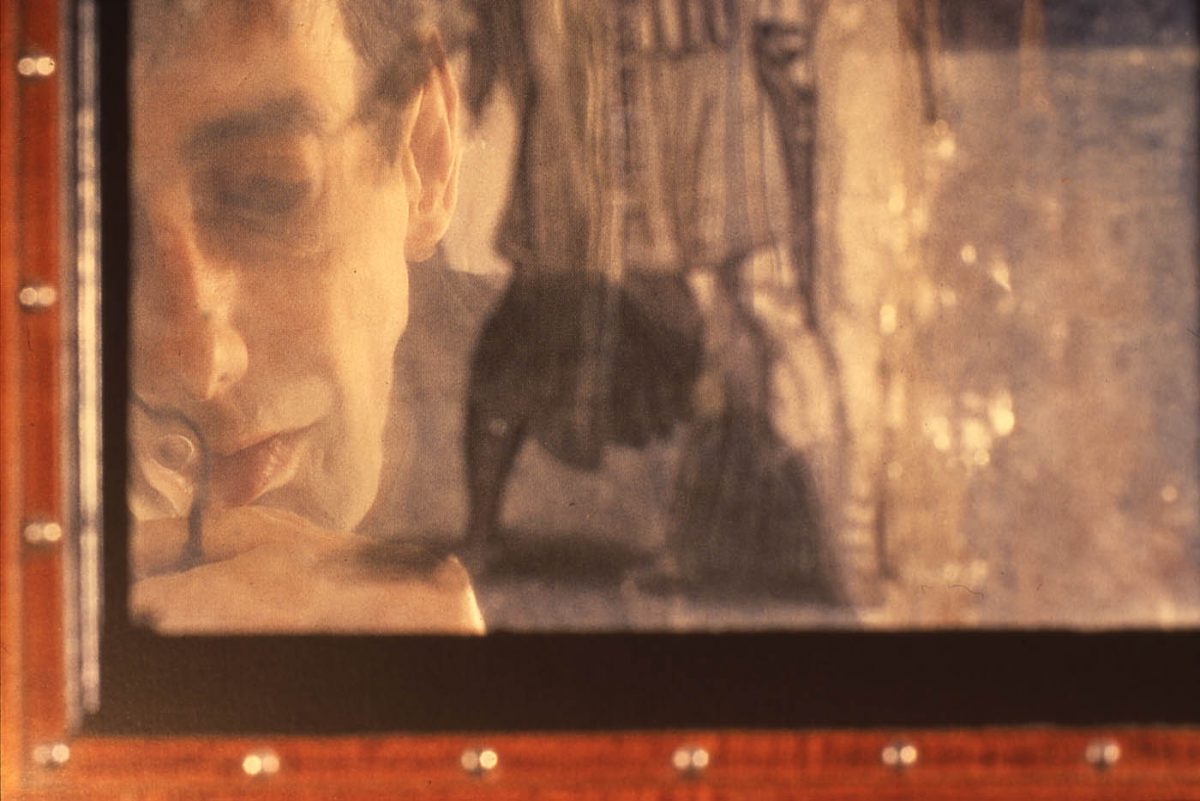
La peinture sous verre…
… est une projection renversée, à l’inverse des images dessinées.
En tout premier, on appliqué la lumière: l’étincelle dans les yeux, puis l’on peint les yeux, le visage, le corps et enfin le contexte et l’arrière plan.
